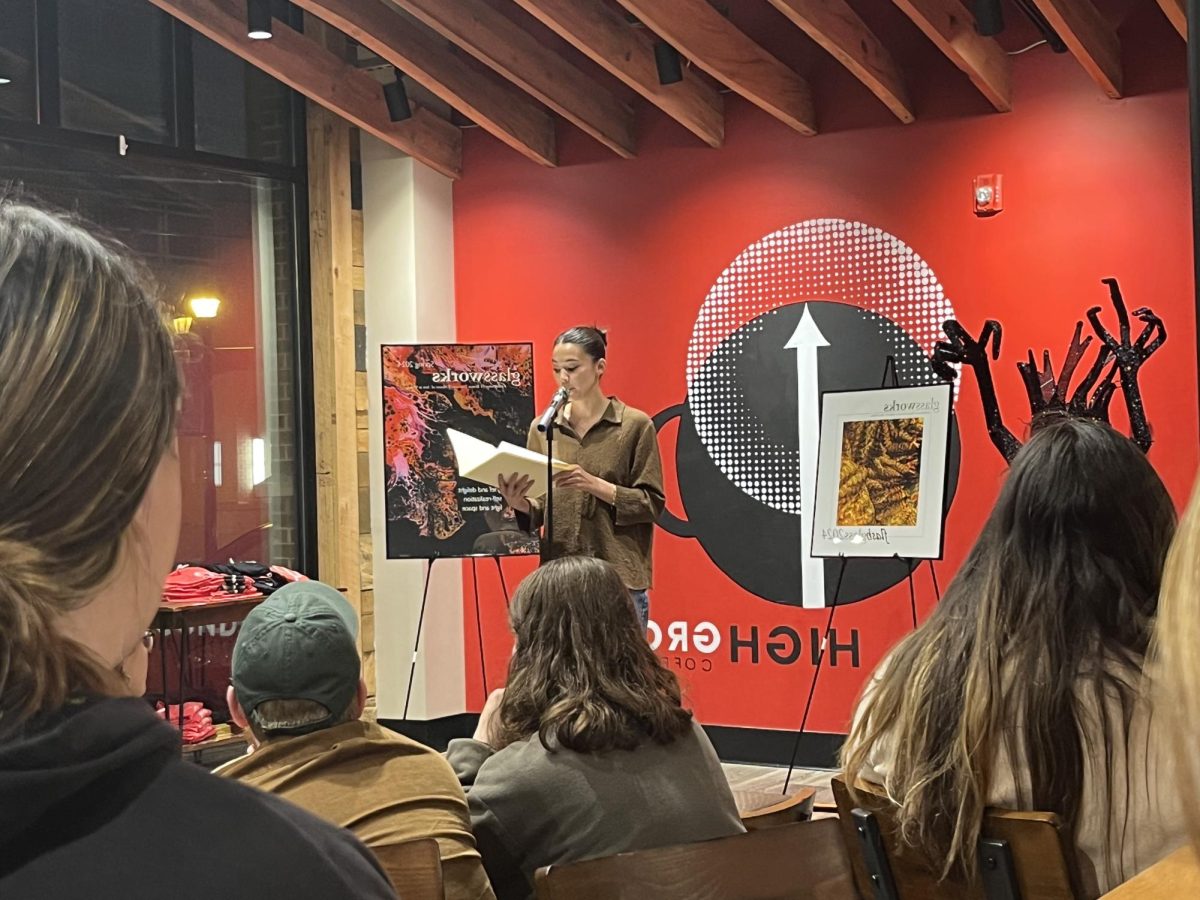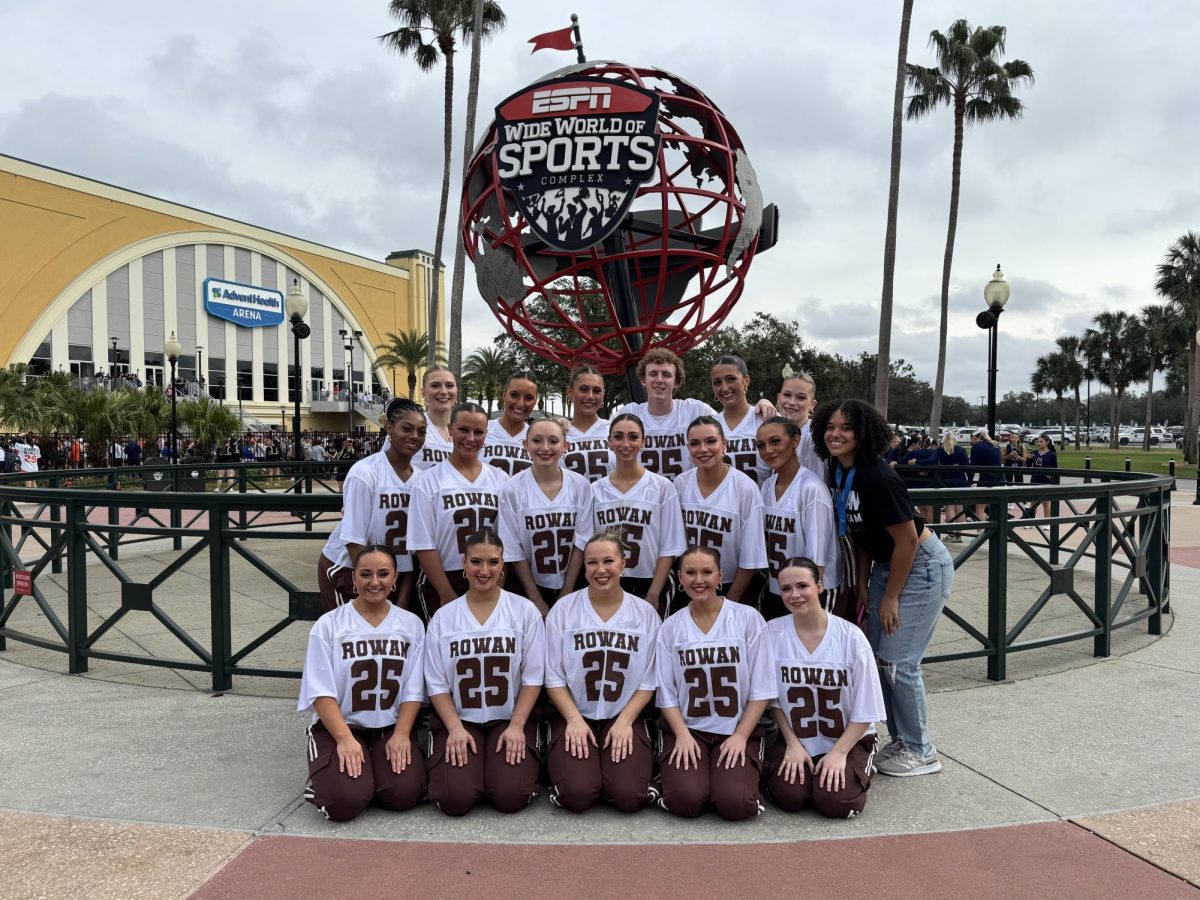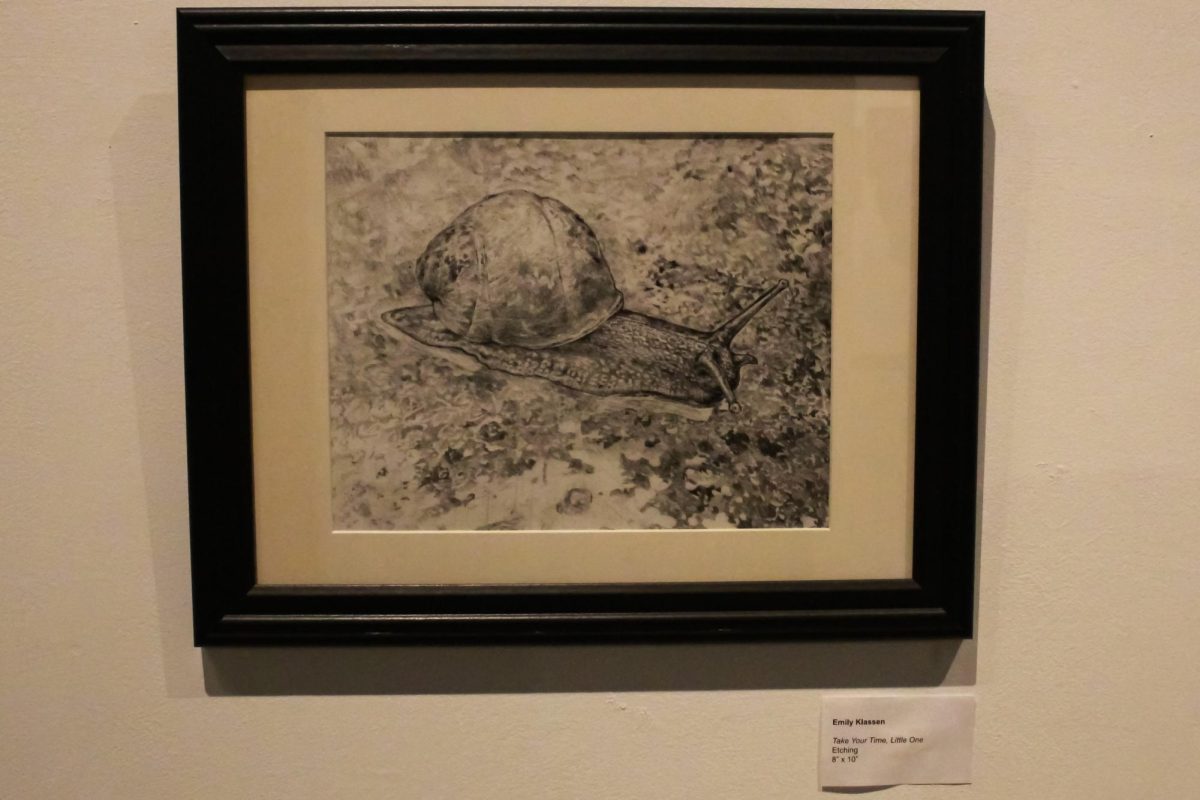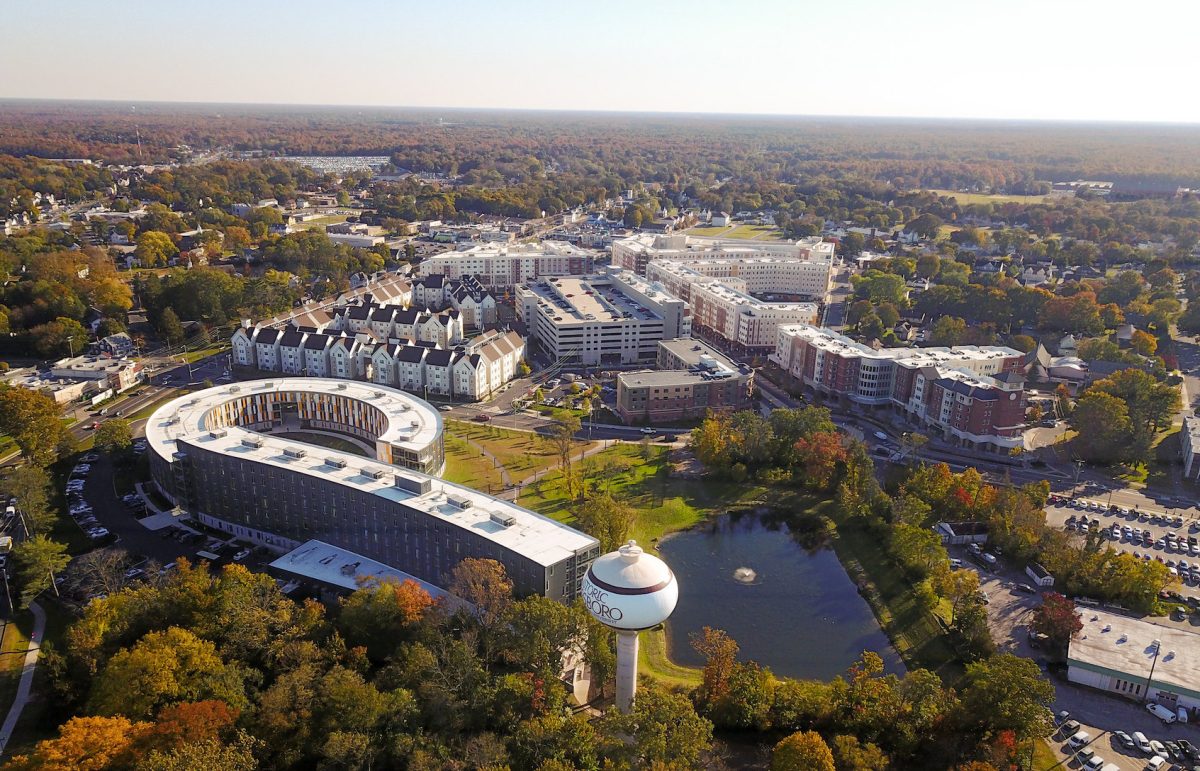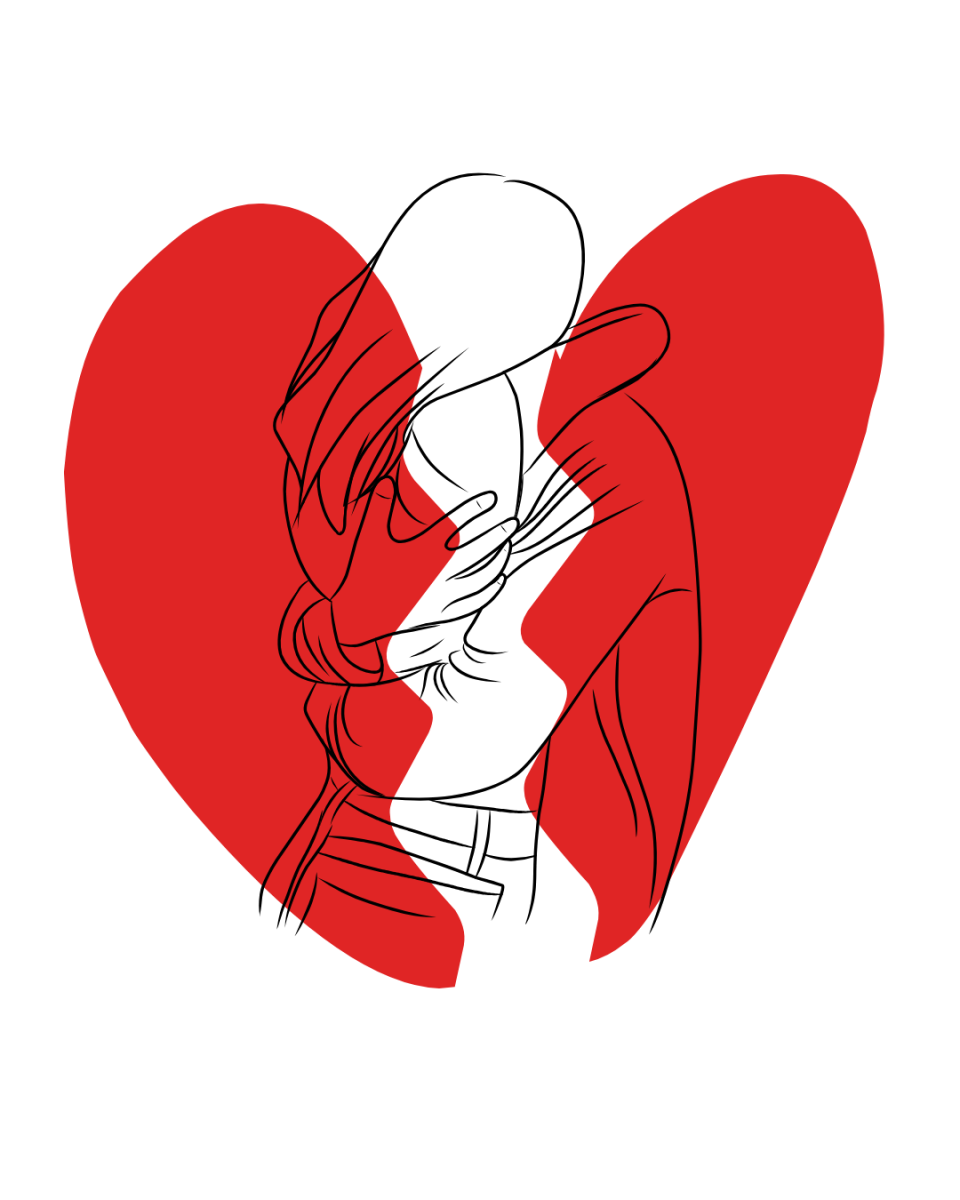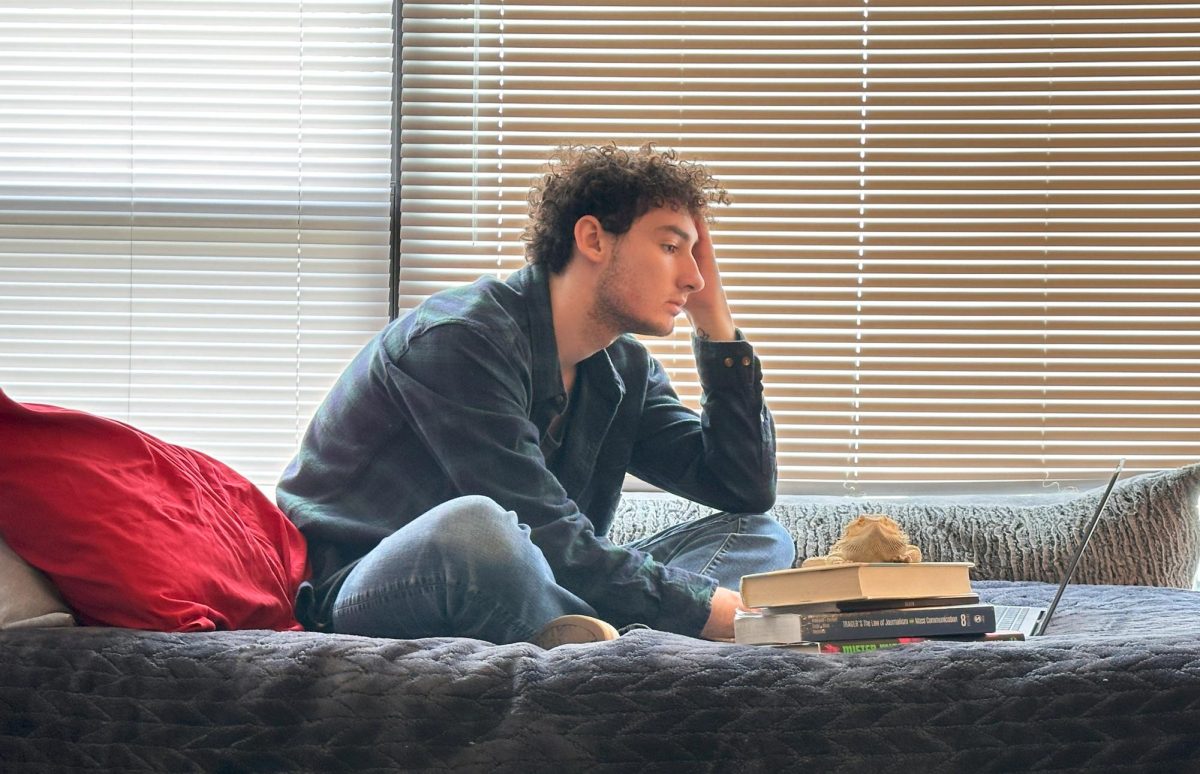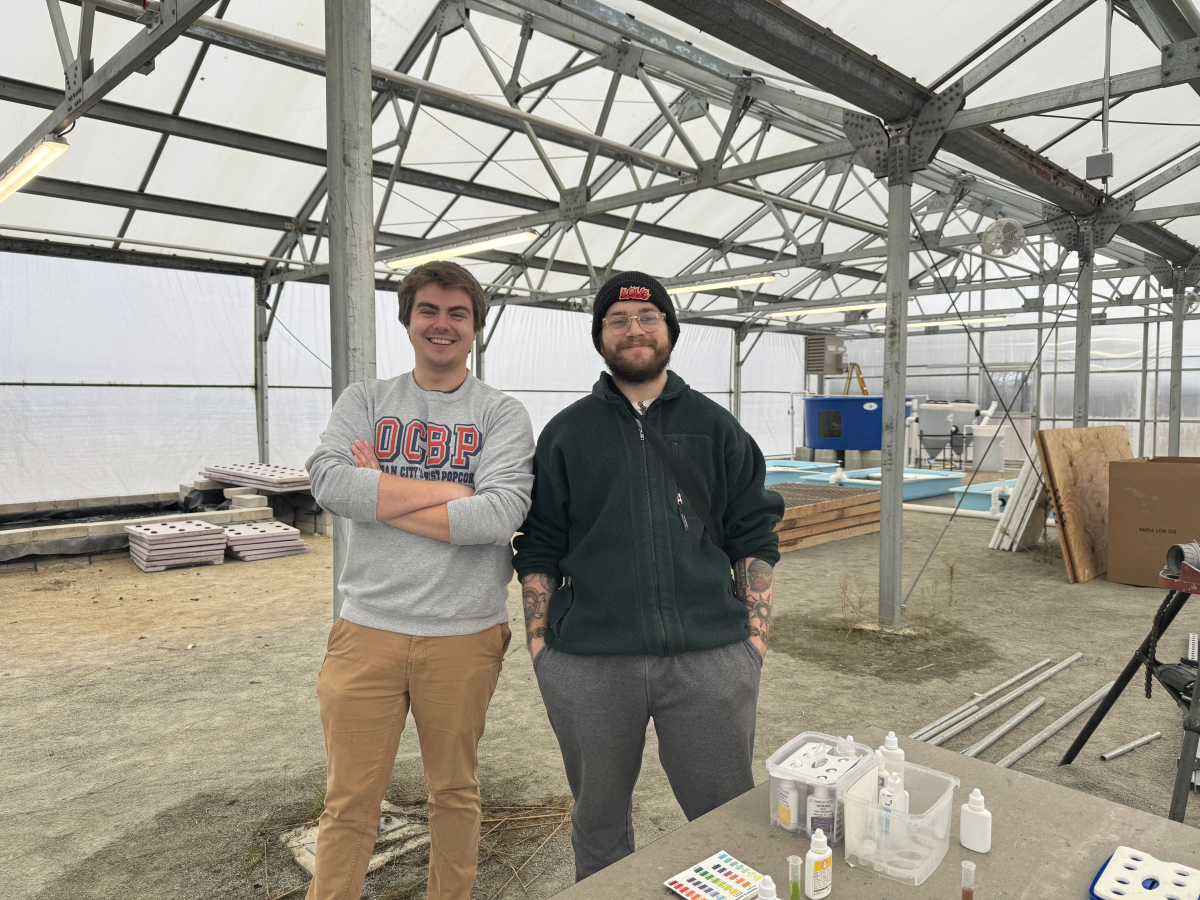Now that the West Campus farmland has been harvested and cleared for the Spring seedlings, the koi fish have swam in from President Houshmand’s backyard.
“This is a fun thing for students who love that kind of thing to come and see these beautiful creatures that are really colorful. They’re really, really gorgeous. It’s also very soothing to sit down and just see them swim around,” said koi fish breeder, President Ali. Houshmand.
Surrounded by fencing to protect the expensive fish, sits a greenhouse with three different ponds with filtration systems that can allow the students to start experimenting with aquaculture. Aquaculture creates a sustainable way to grow and fertilize plants without the need for ground soil. The koi fish live, eat and poop in their pond and that water is then transferred to a shallow plant bed that acts like a bed of soil where the fish-fertilized water can allow the plants to grow.
According to World Water Reserve, “They are some of the best fish at creating nutrients in an aquaponics system, such as ammonia, magnesium, and potassium – all of which are required for healthy plant growth.”
There are two different ponds they’re using to test which, if either, works better. The south system is a two-part pond made from “scraps” like cinderblocks for the structure and a tarp for the pond lining. The North system is a tank that is worth upwards of $30K. The team at the farm will put half of the fish in each system to compare the results. Currently, they have around 40 koi fish at the farm but are expecting another 90 in the coming weeks.
“The experiment right now is to see if it’s worth buying a 30,000 system or can we just build a pond from spare parts,” said Brendan Bermingham, a GIS and environmental and sustainability studies major. “If they’re the same, why spend thousands of dollars?”
At this current stage, students like Bermingham and Isaac Linsk test the waters of each three ponds every day to see if their levels of nitrite, nitrate, and ammonia are at the right levels for growth. There won’t be much change until the greenhouse heating systems are up and running.
“We dumped a bunch of ammonia in here. That’s going to cycle into nitrite and then into nitrate and that’s what we’re looking for. But that process won’t happen below 64 degrees,” said Bermingham. “Right now this [south system] water is 56 degrees and that [north system] water is 48 degrees so it’s been the same levels for a while which is why we’re getting these three heaters set up right now,” said Bermingham.
Even in these early stages of water testing, they’re seeing differences in ammonia levels between the two systems but aren’t exactly sure why yet.
“If I had to guess, I think it has to do with the temperatures and building materials because I think the stone is probably more prone to algae and different microorganisms,” said Linsk, a journalism major and member of the pepper pickers.
Not only does the temperature level need to be fixed for the chemicals but also for the fish’s health as well.
“If this water gets colder than 55 degrees and we feed them, their digestive system– it’s just going to ferment in their system which would poison them and they could die,” said Bermingham.
Once the heating system can keep the room at temperature, it will take about a month before the water levels are ready for the fish to be transferred into each of the south and north systems.
According to Bermingham, The local hospital is interested in these future plants because the nutrient levels from aquaculture are higher and they’re interested to see a difference if they can serve cancer patients with the highly-nutrient leafy greens.
For President Houshmand, this project serves more purposes outside of the education students receive.
“The beauty of this thing– think about it, suppose that you can build such a system in a greenhouse, with different types of fish, and there are lots of them… If this thing operates 12 months a year, because you don’t need lots of soil or lots of water, you could feed a lot of hungry people around the world by duplicating this kind of thing. You can prevent all sorts of war, famine, immigration, all of this because human beings go to different places where there are resources to live, right?” asked koi fish breeder, President Ali. Houshmand. “So that’s really what the long-term plan of this whole idea is– that to build an infrastructure that number one is a good demonstration of business for people.”
In addition to the donations to the hospital, these plants will also be included in the donations to the SHOP and Philabundance. By the spring semester, Bermingham and his team will be ready to put the fish into the two systems and place the seeds into the water beds.
For comments/questions about this story DM us on Instagram @thewhitatrowan or email thewhit.newseditor@gmail.com



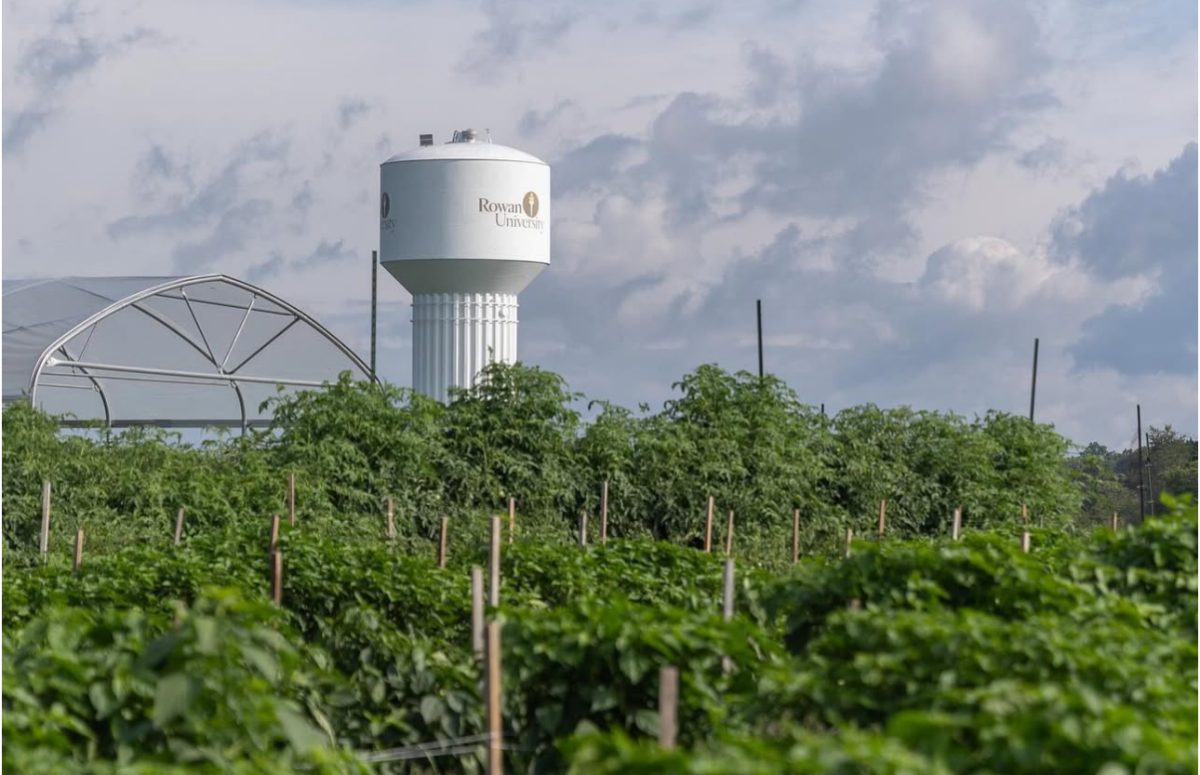

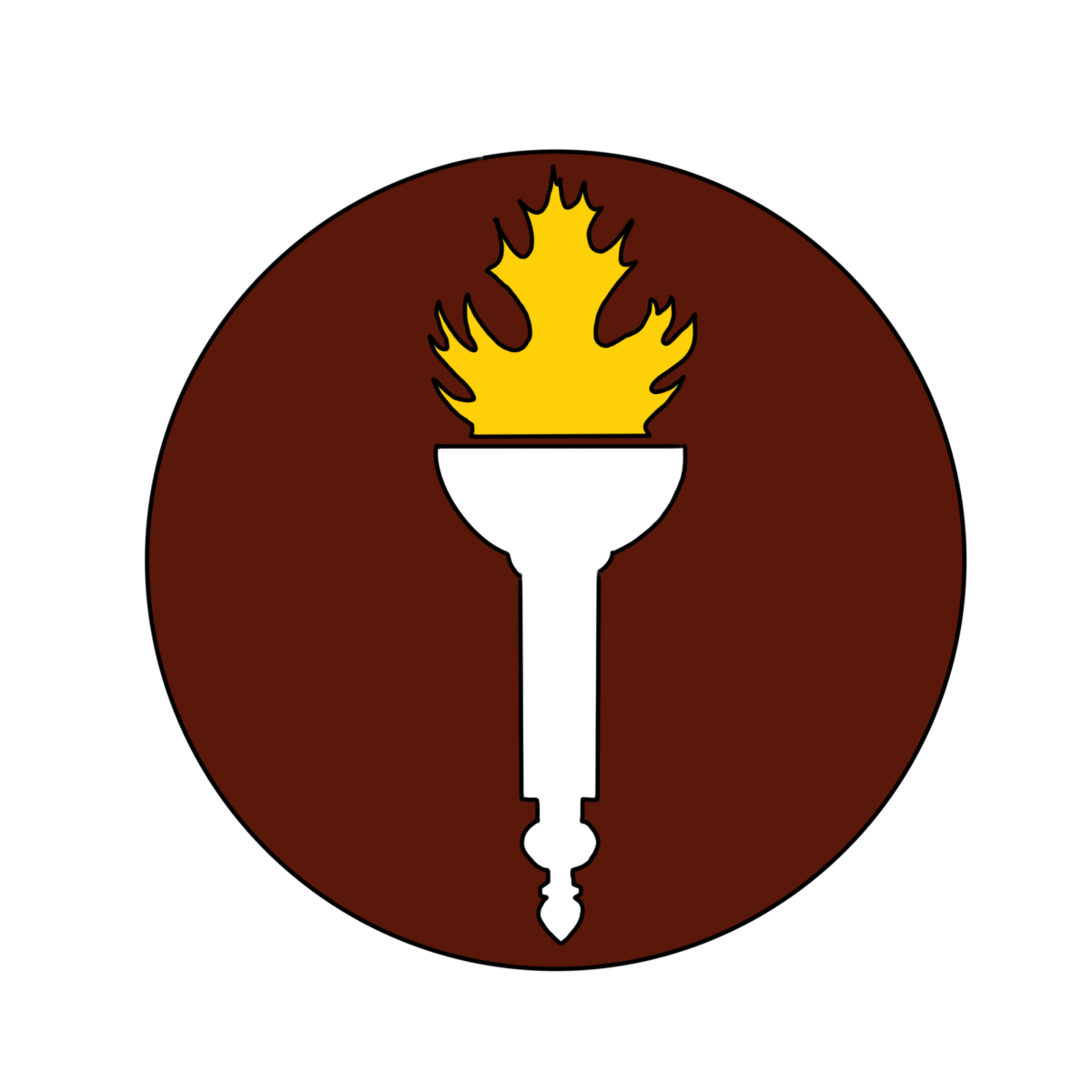

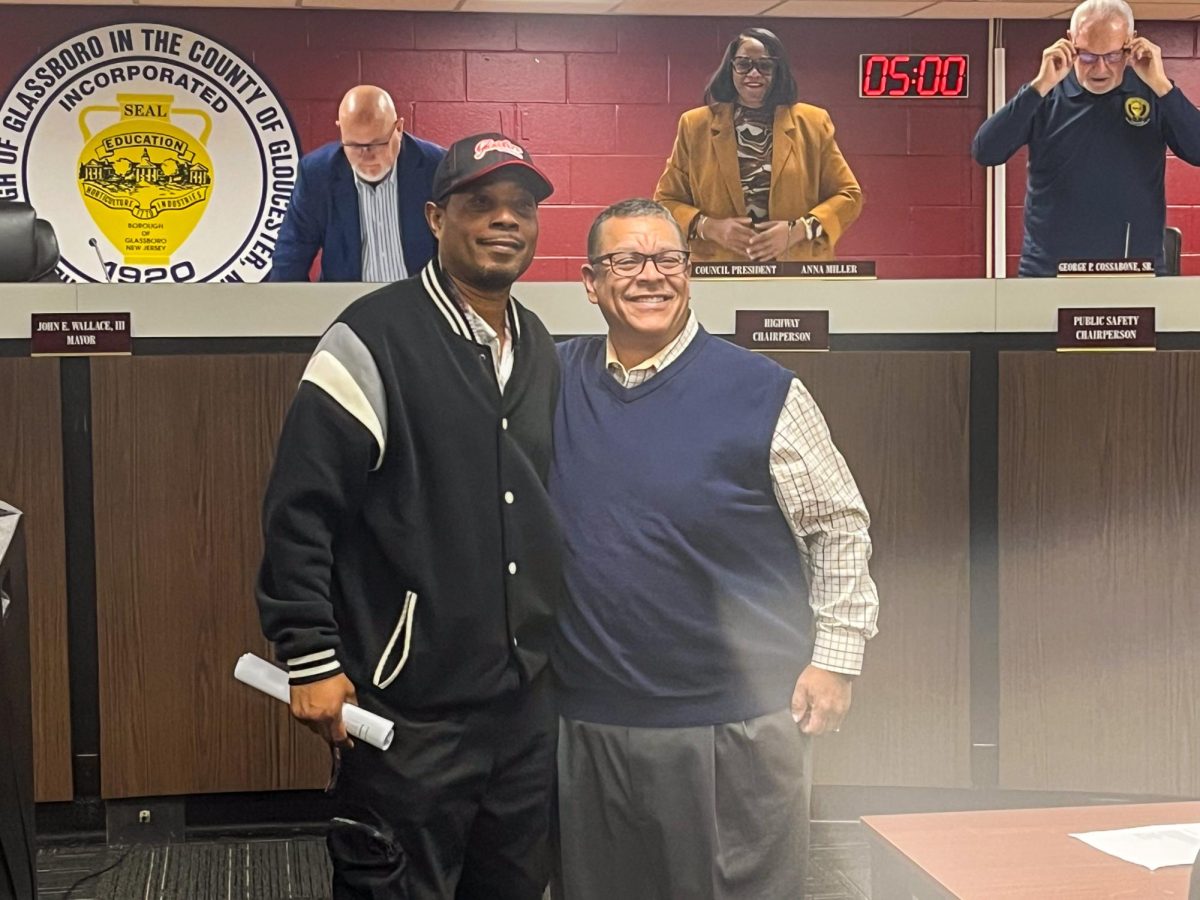
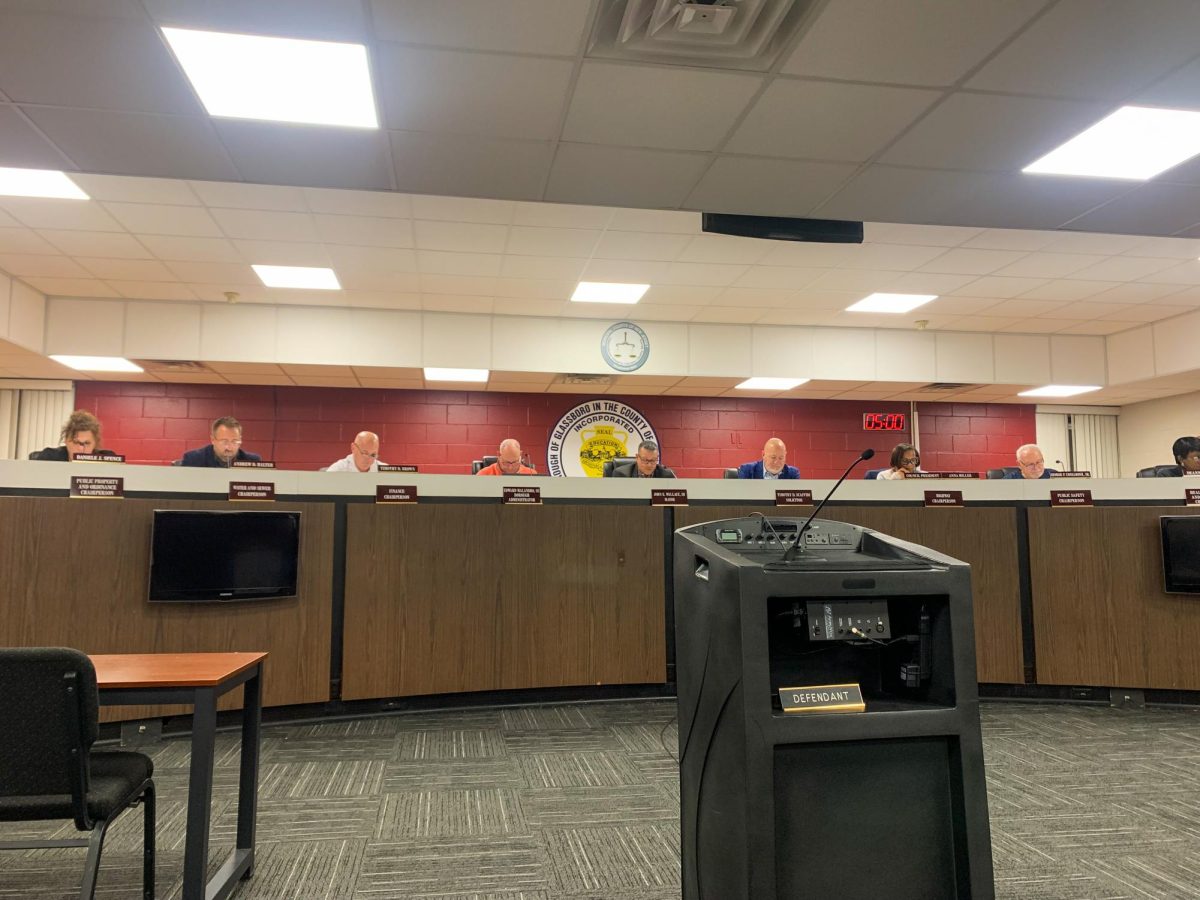






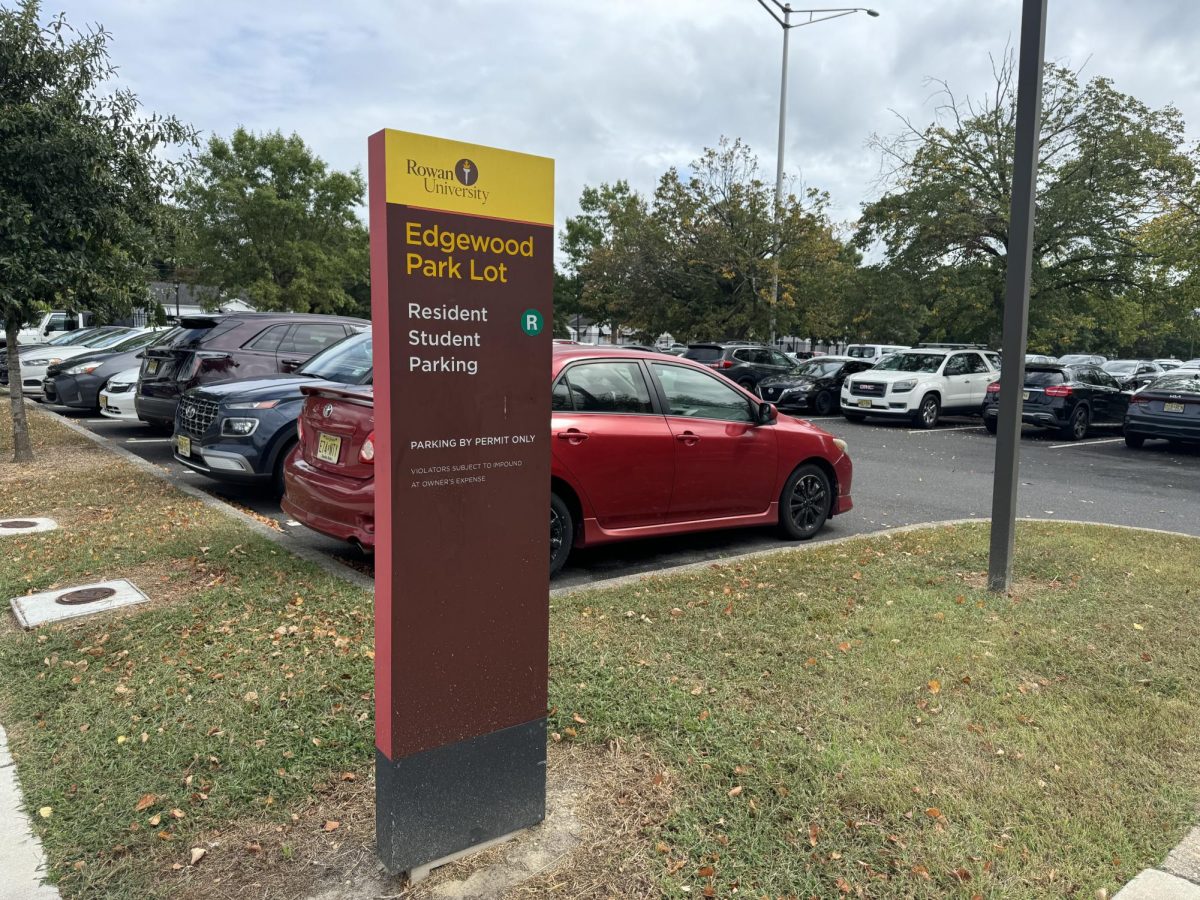

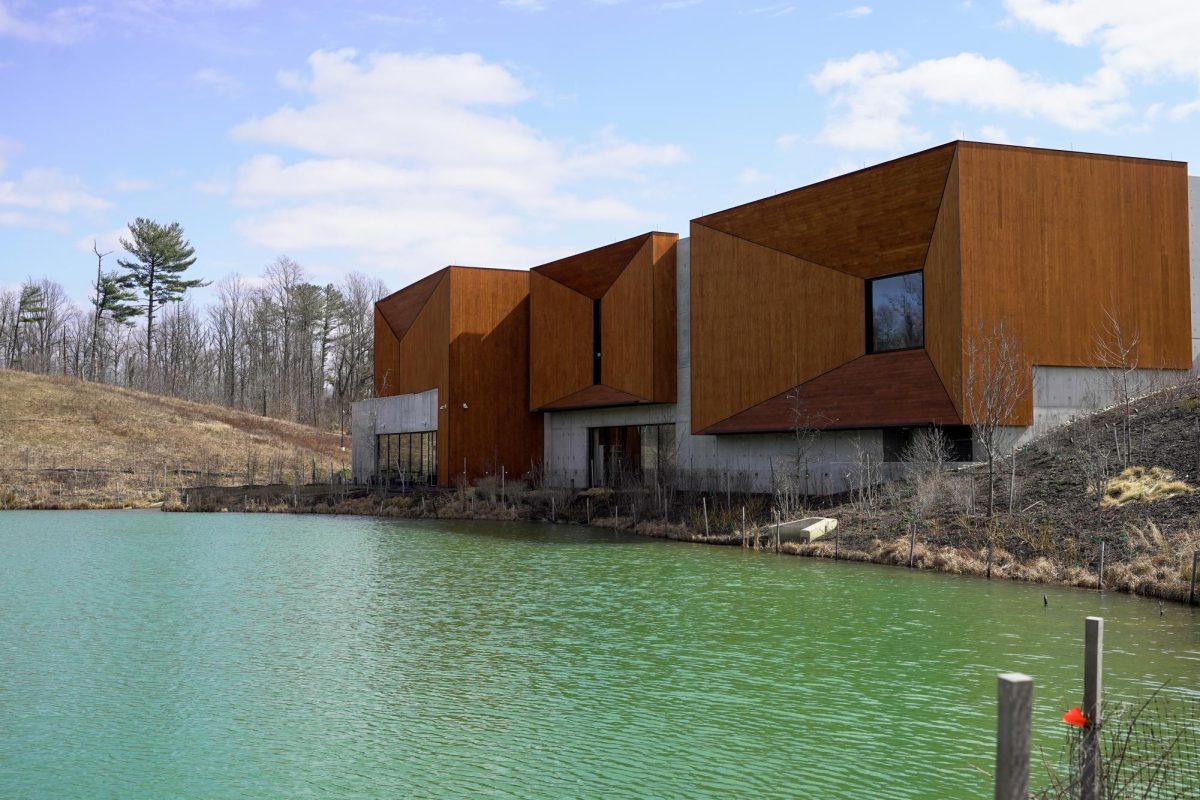
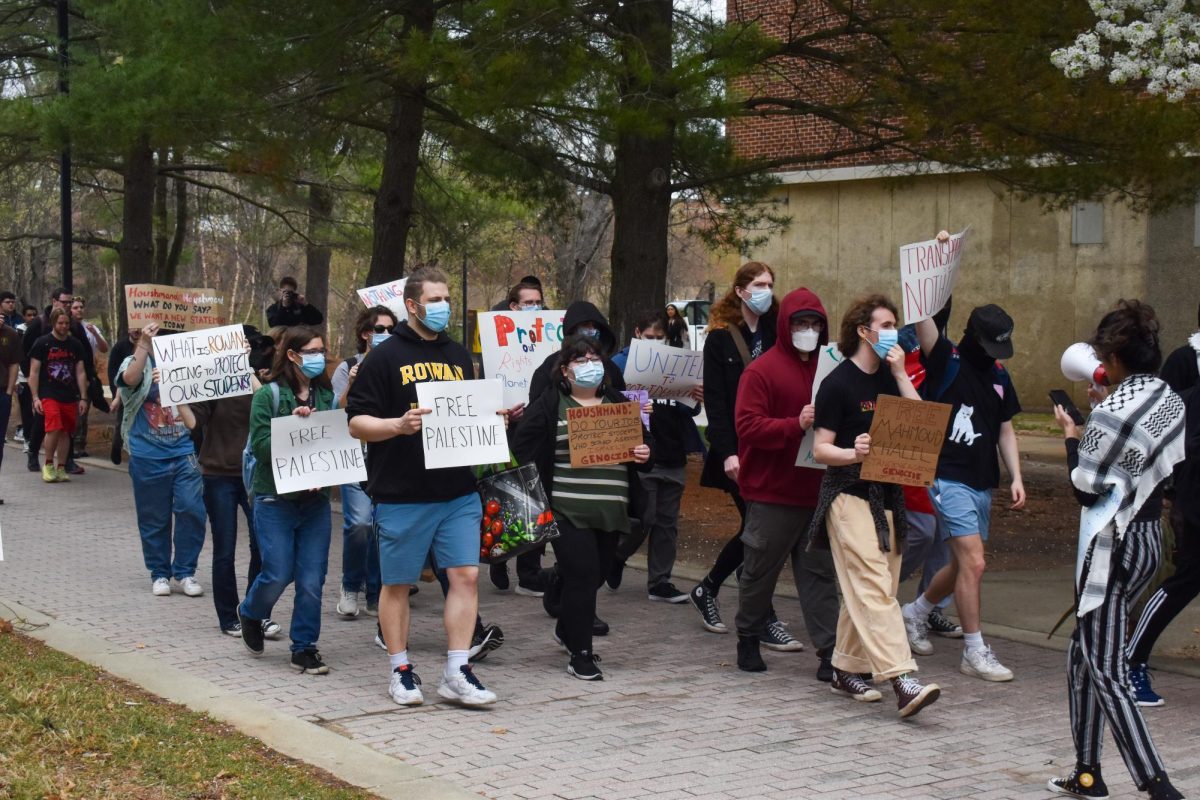
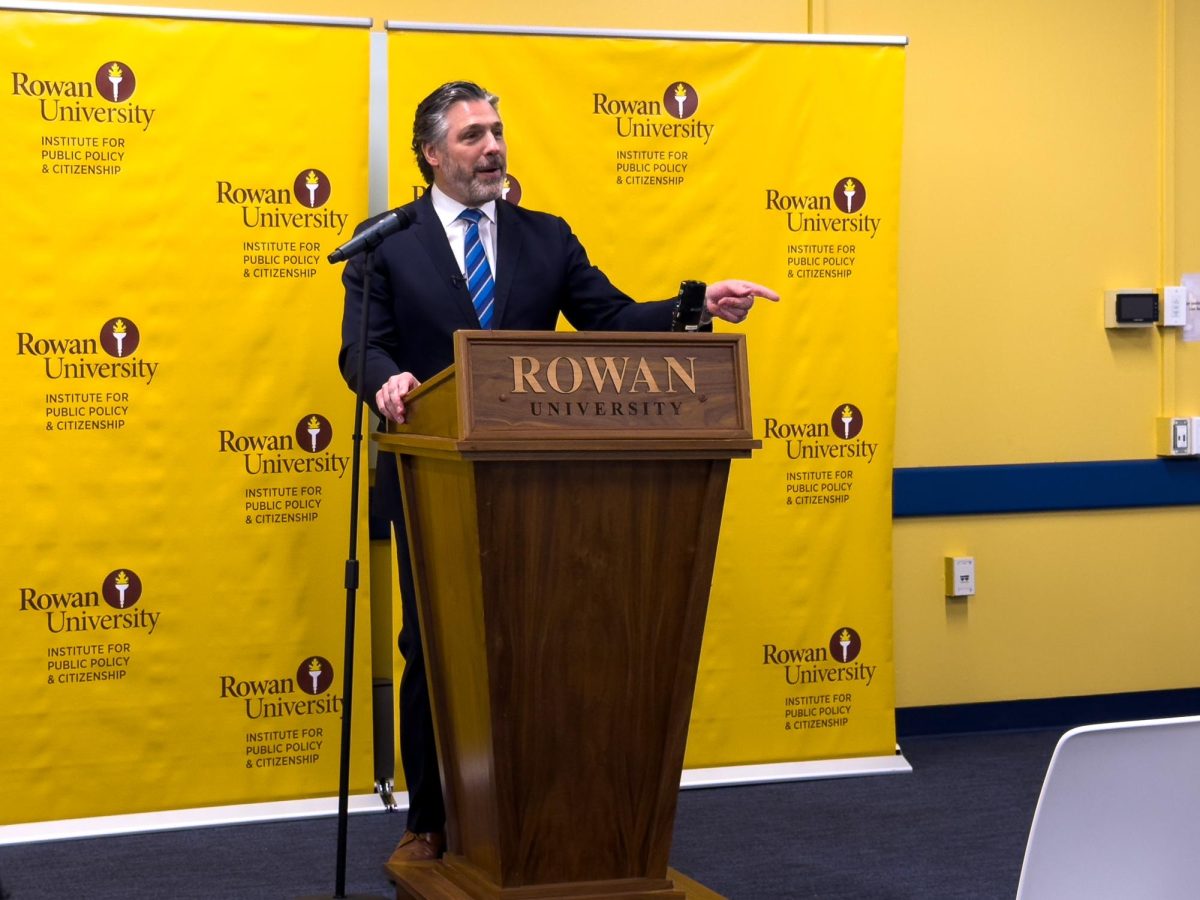


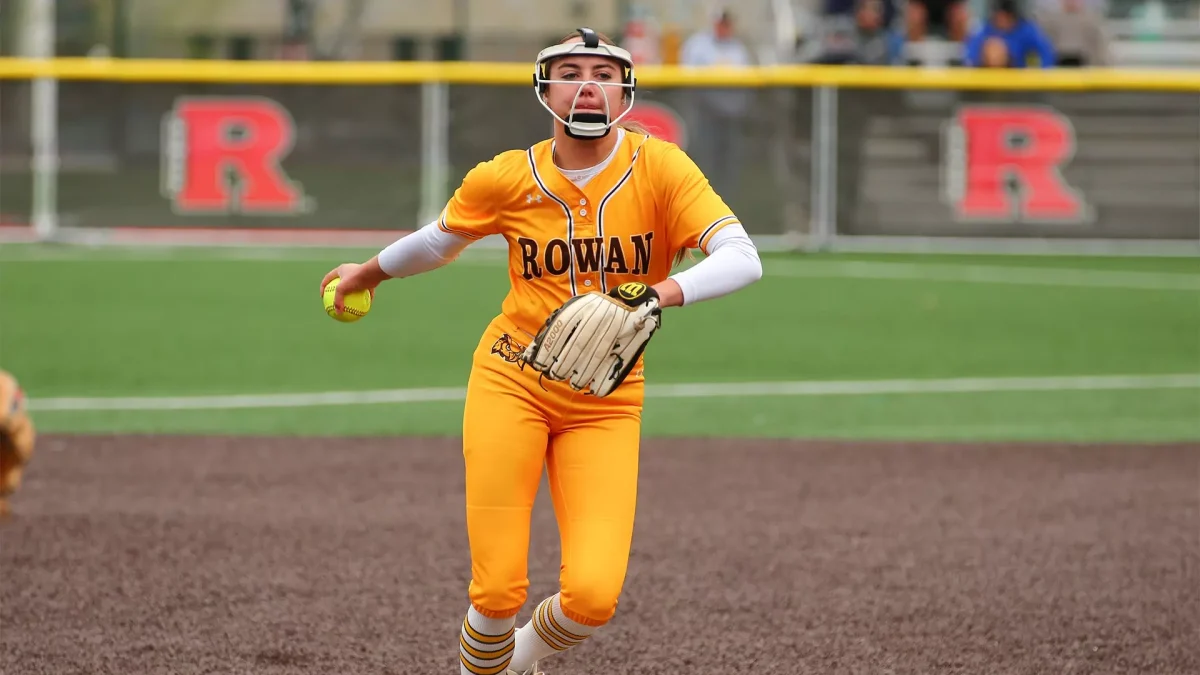
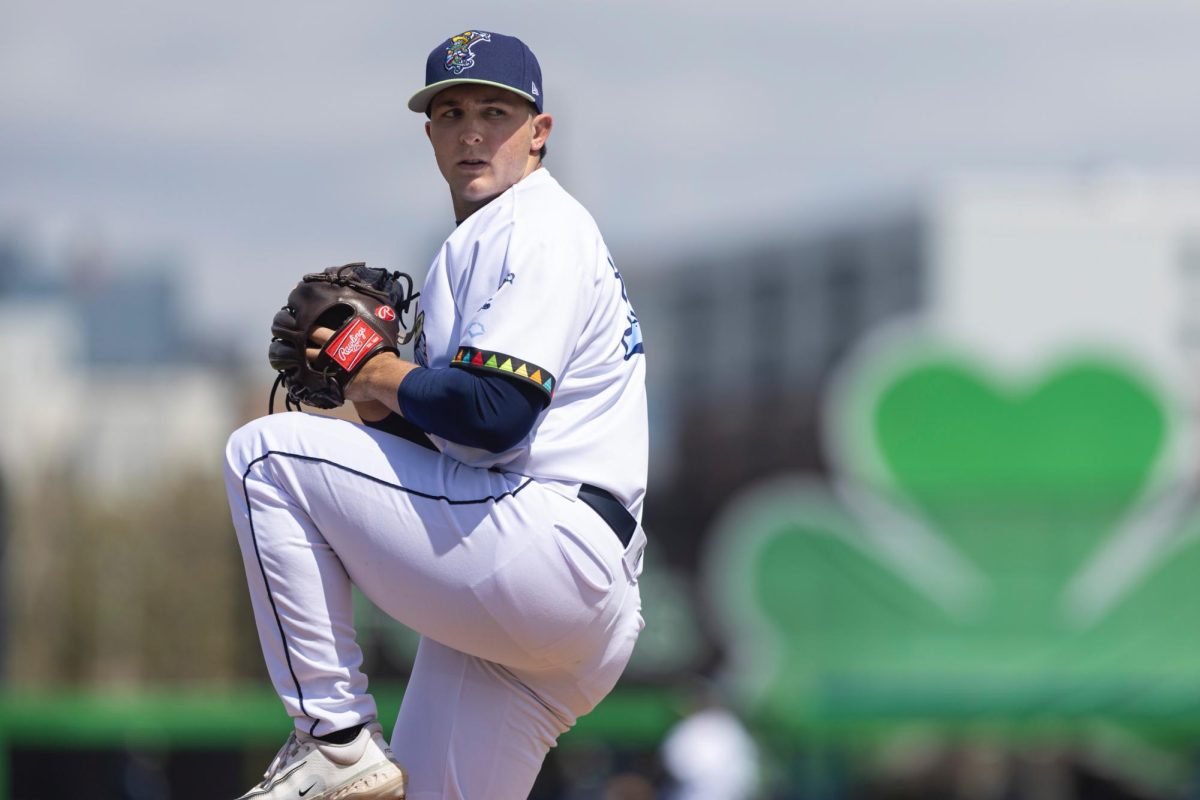
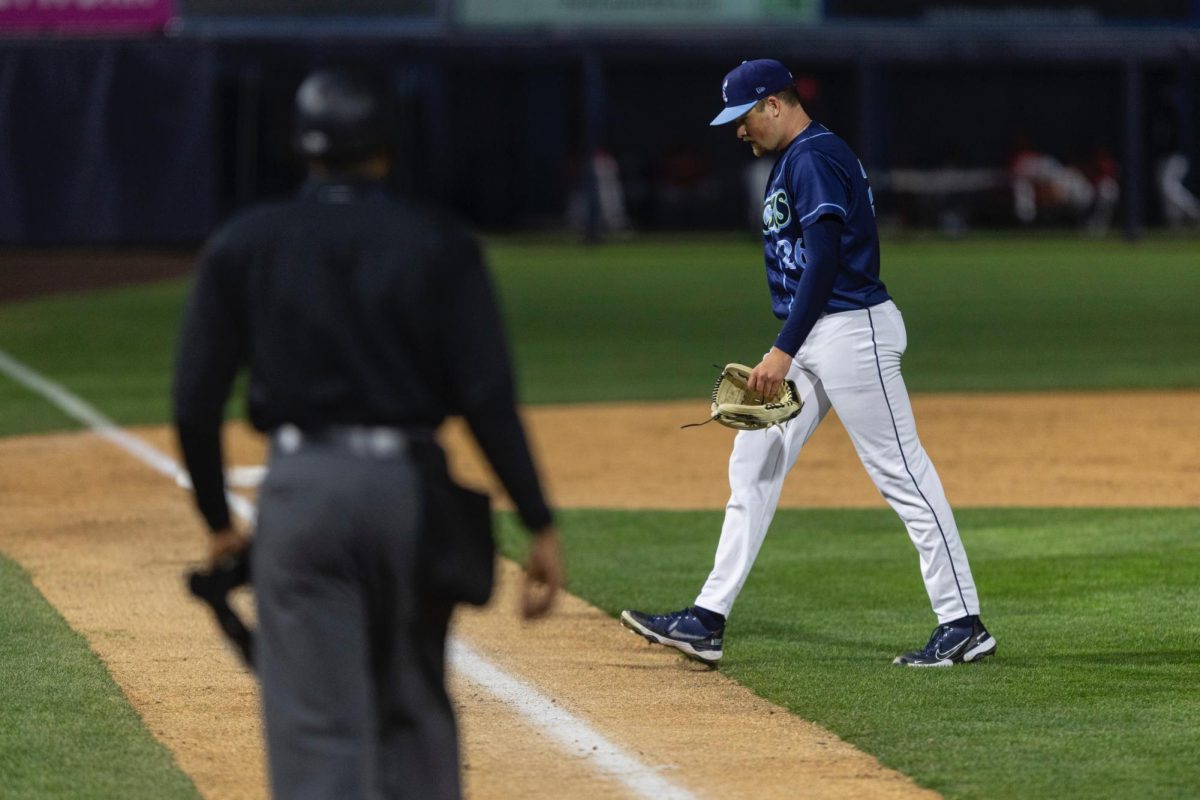
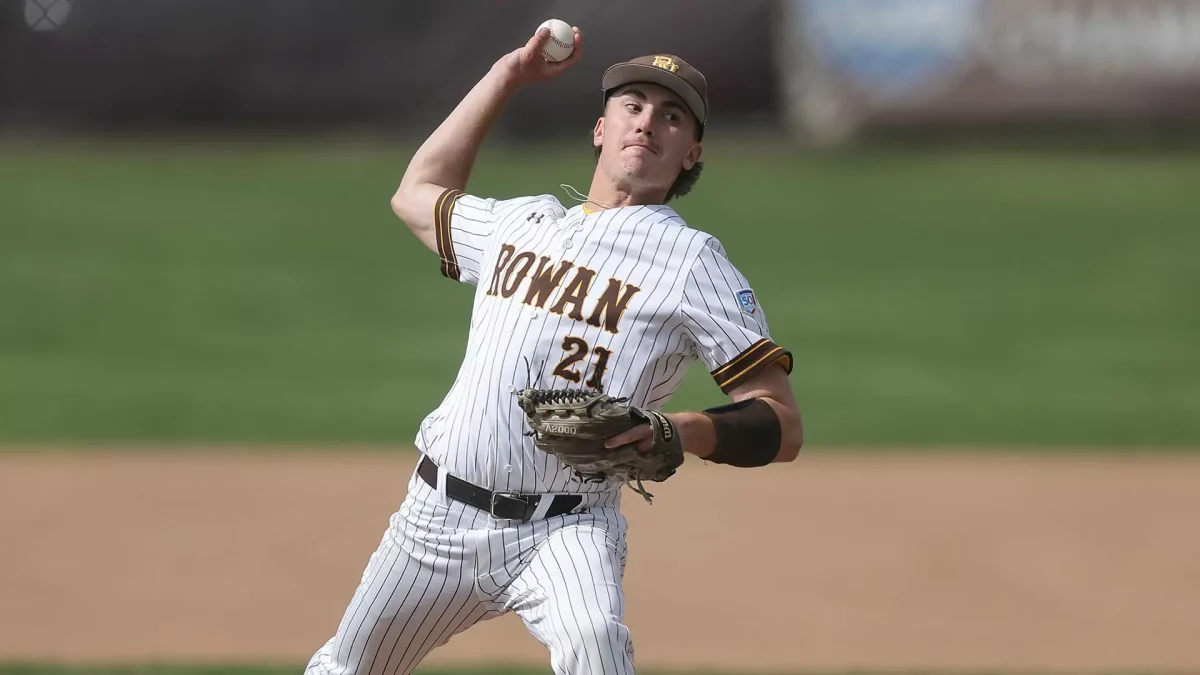





































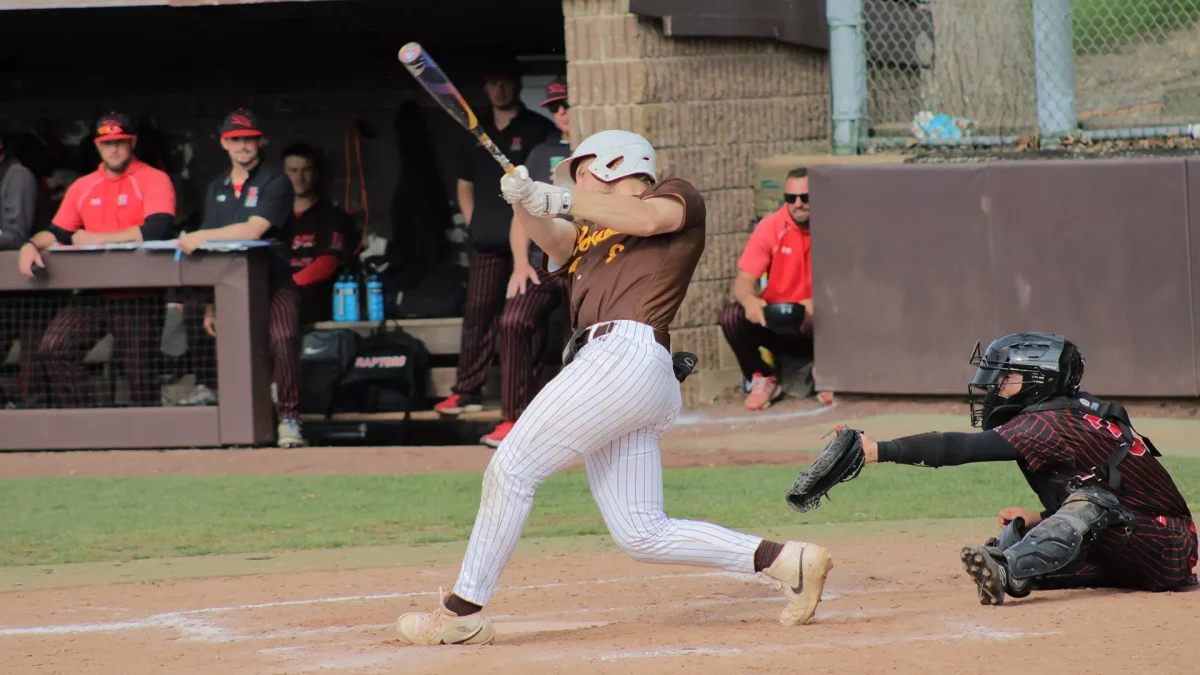
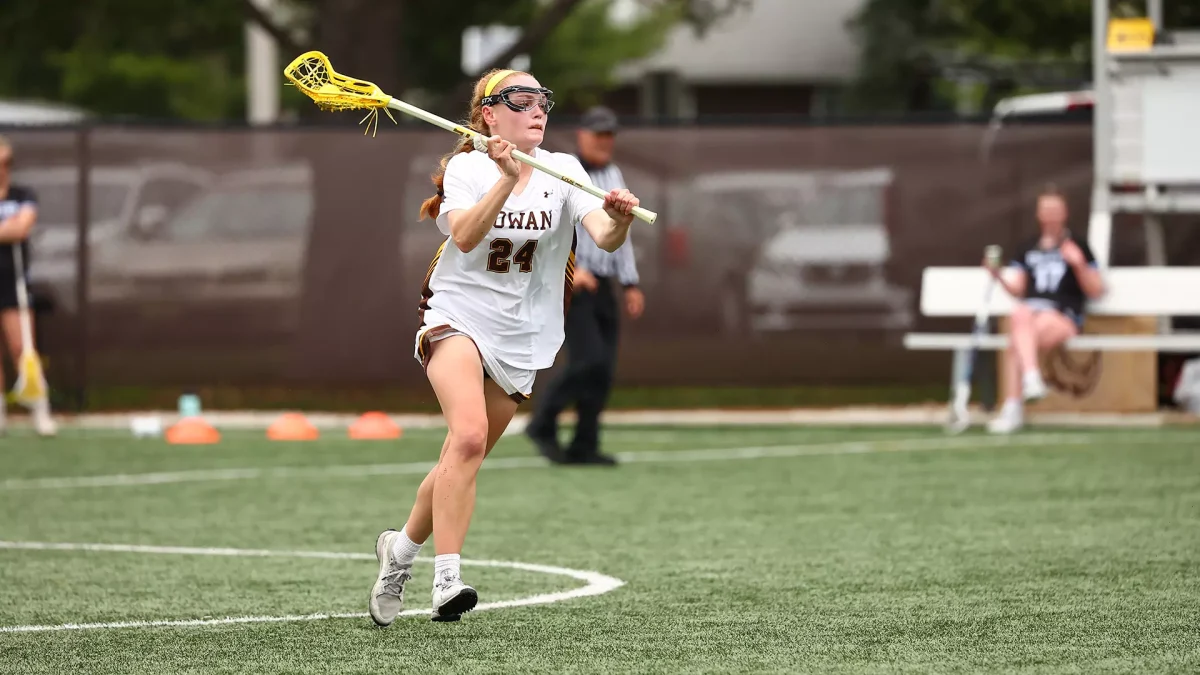

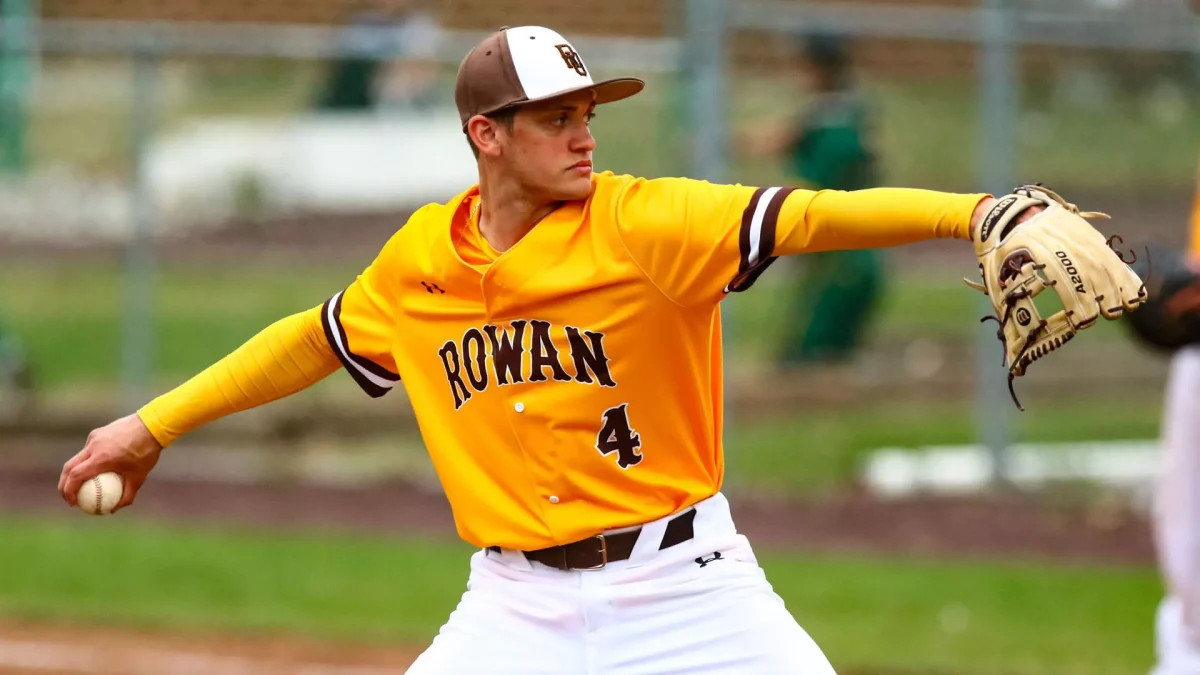
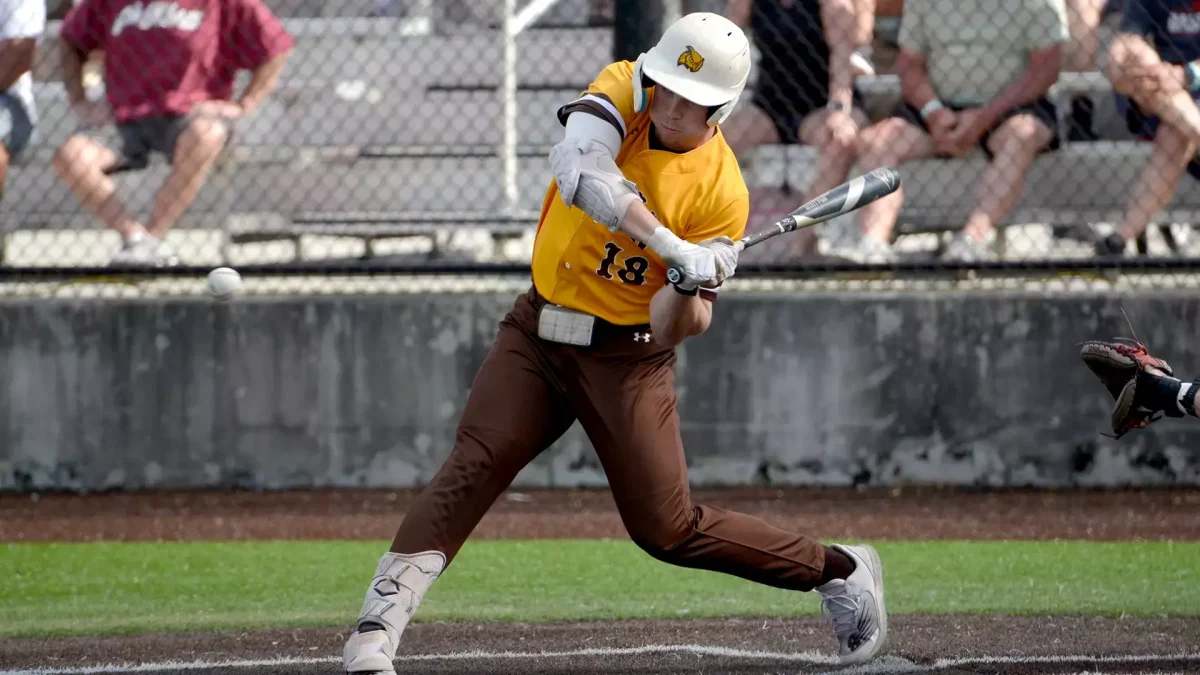











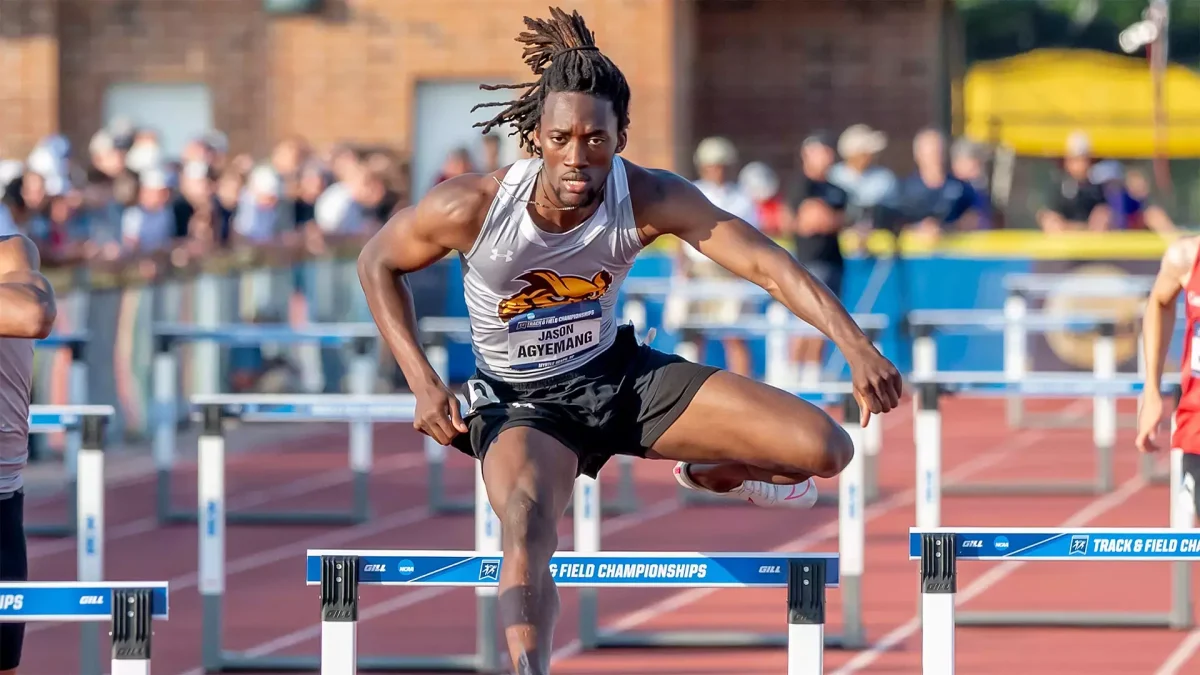
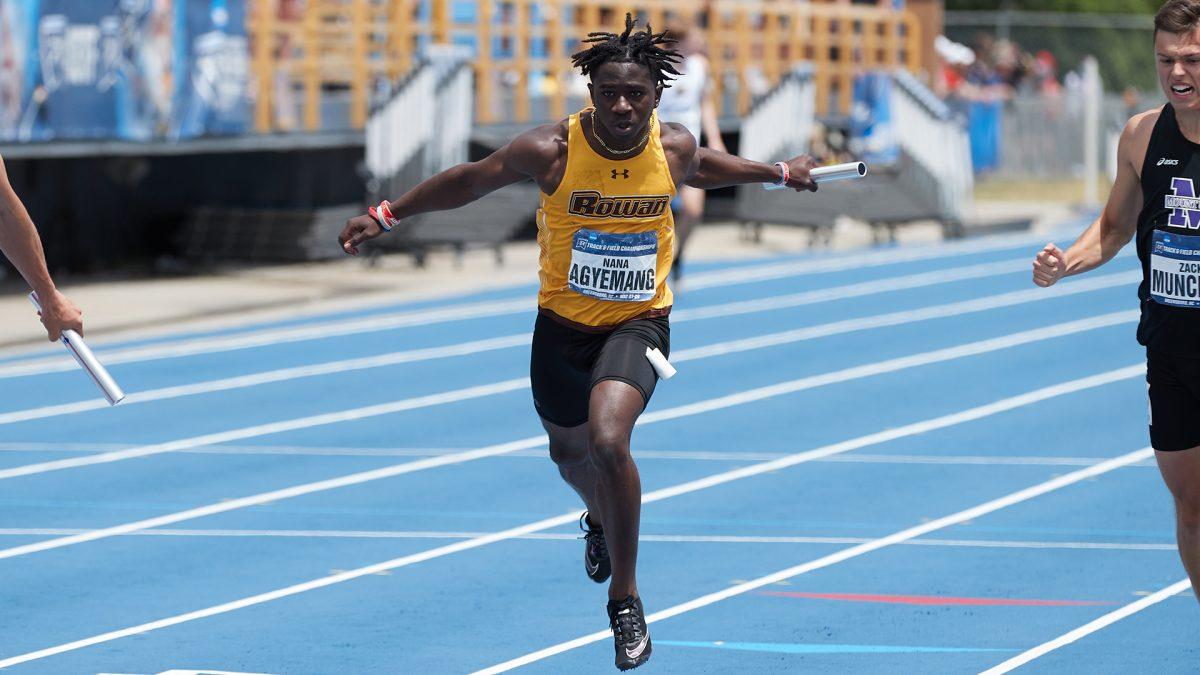


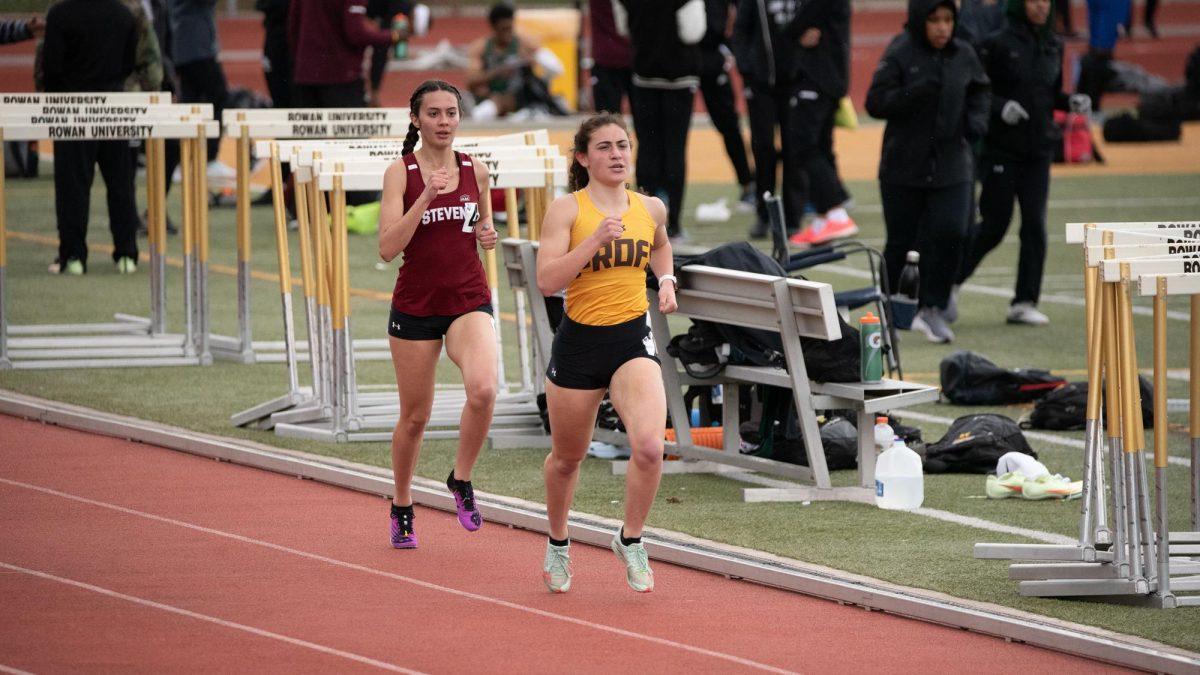
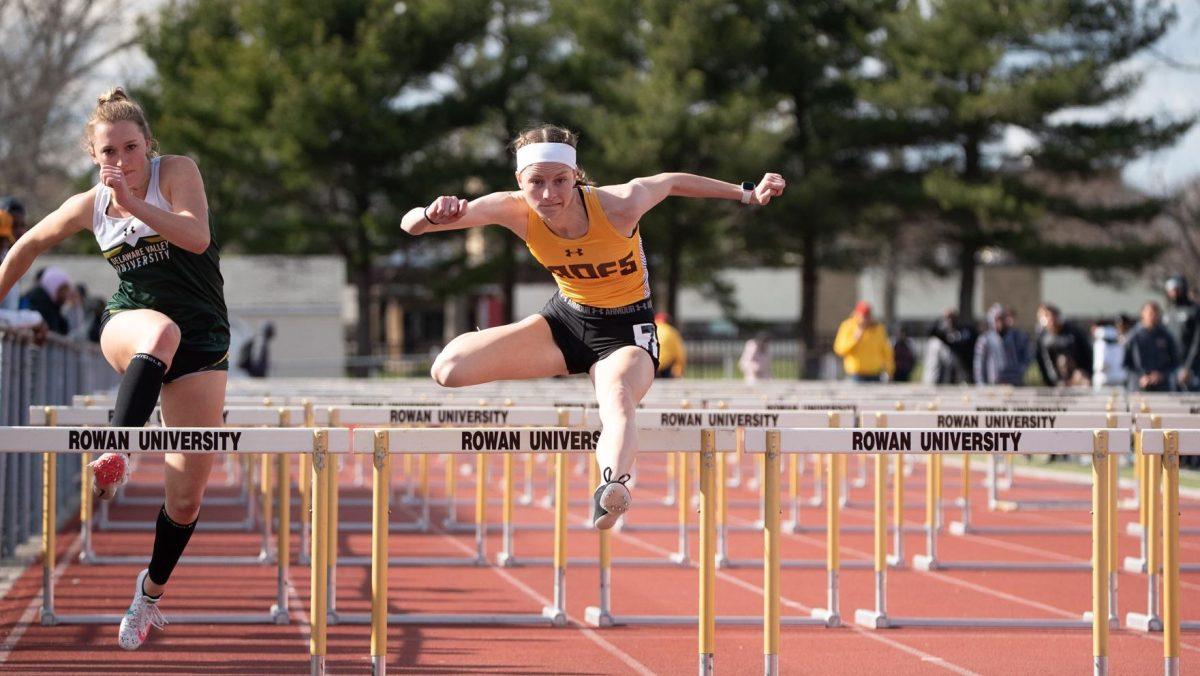


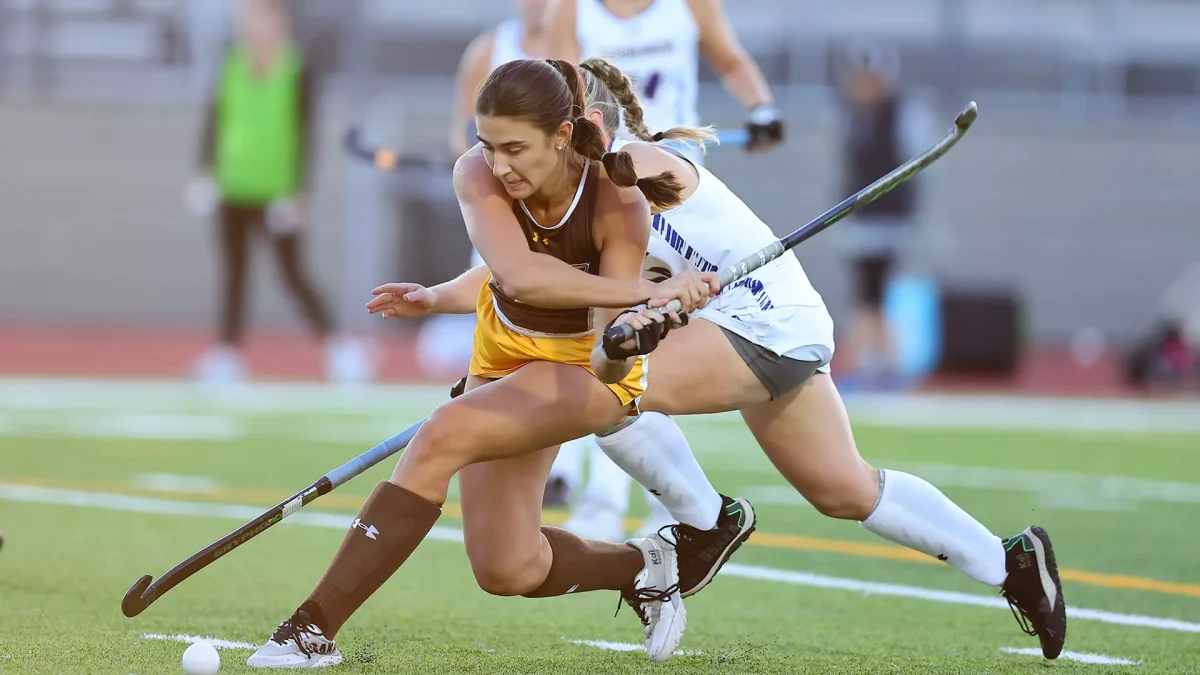

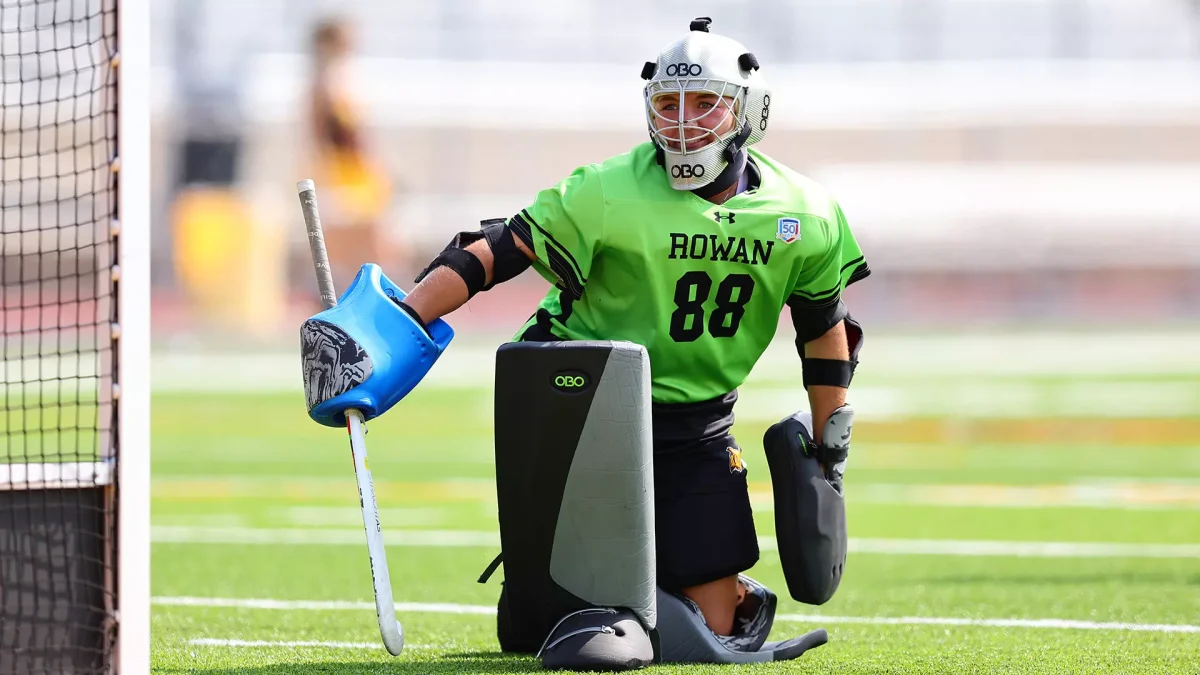


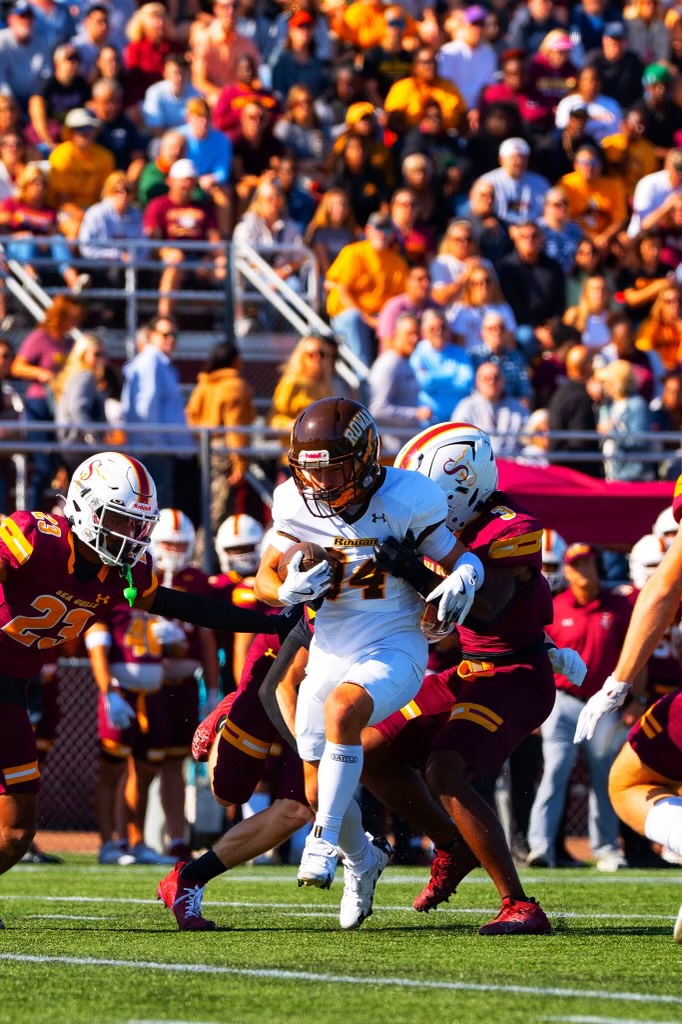
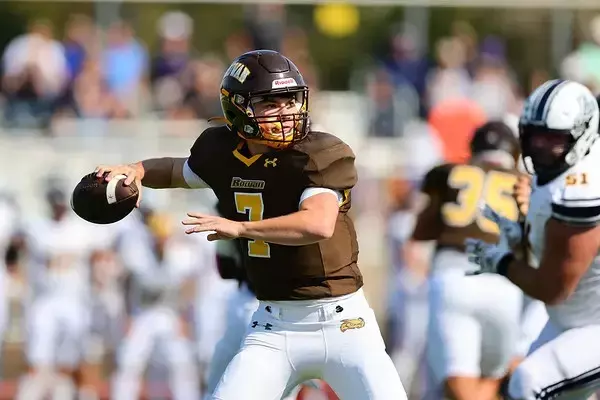


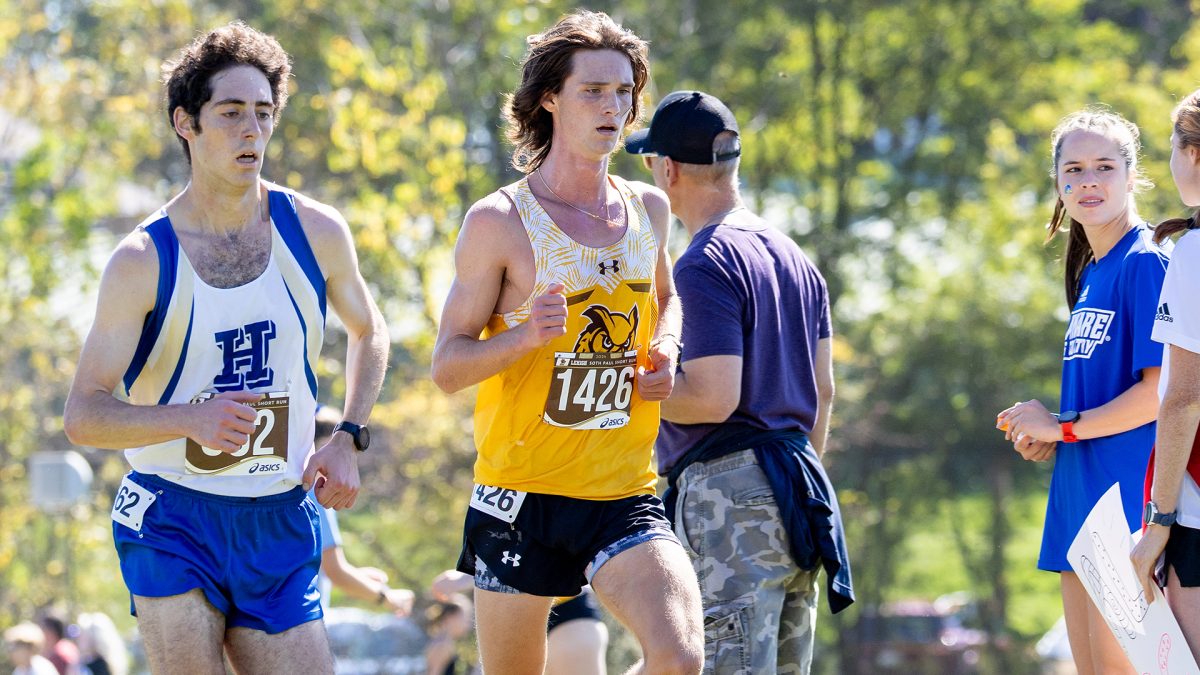



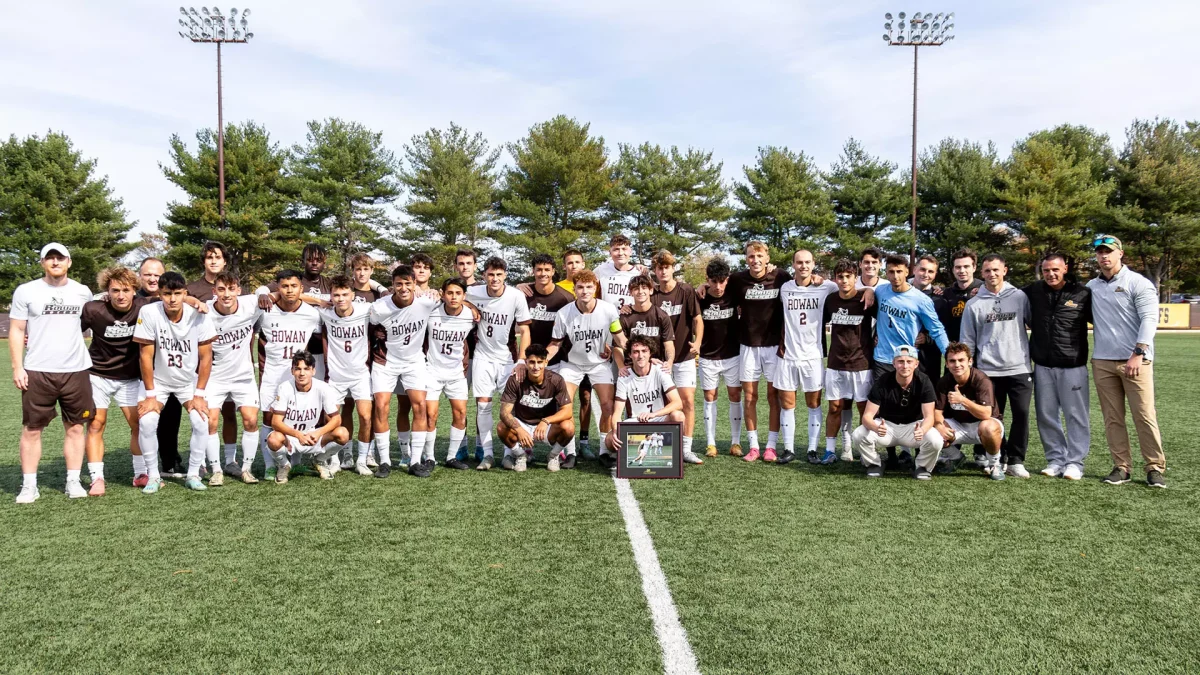

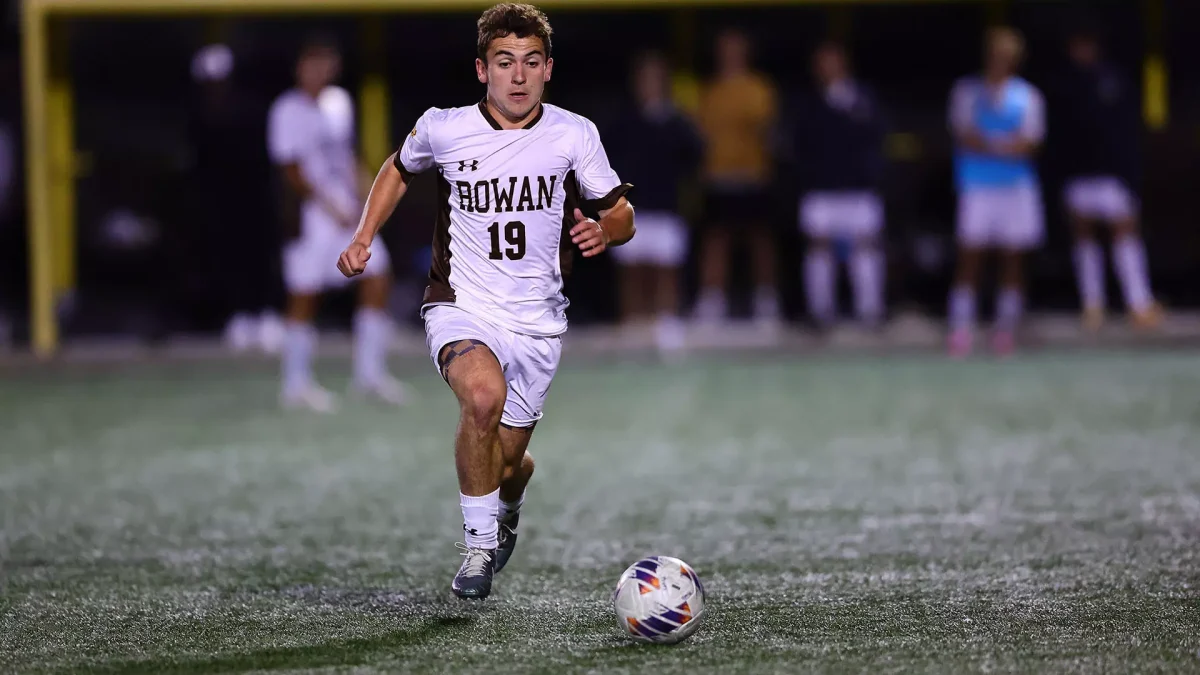



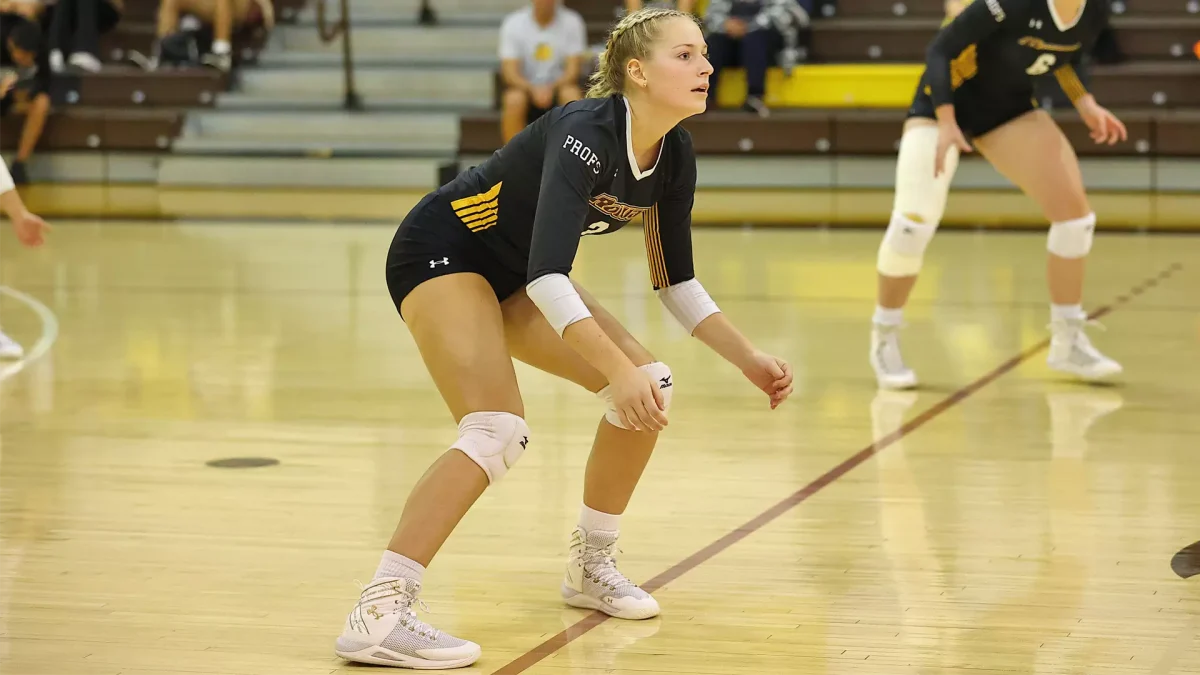



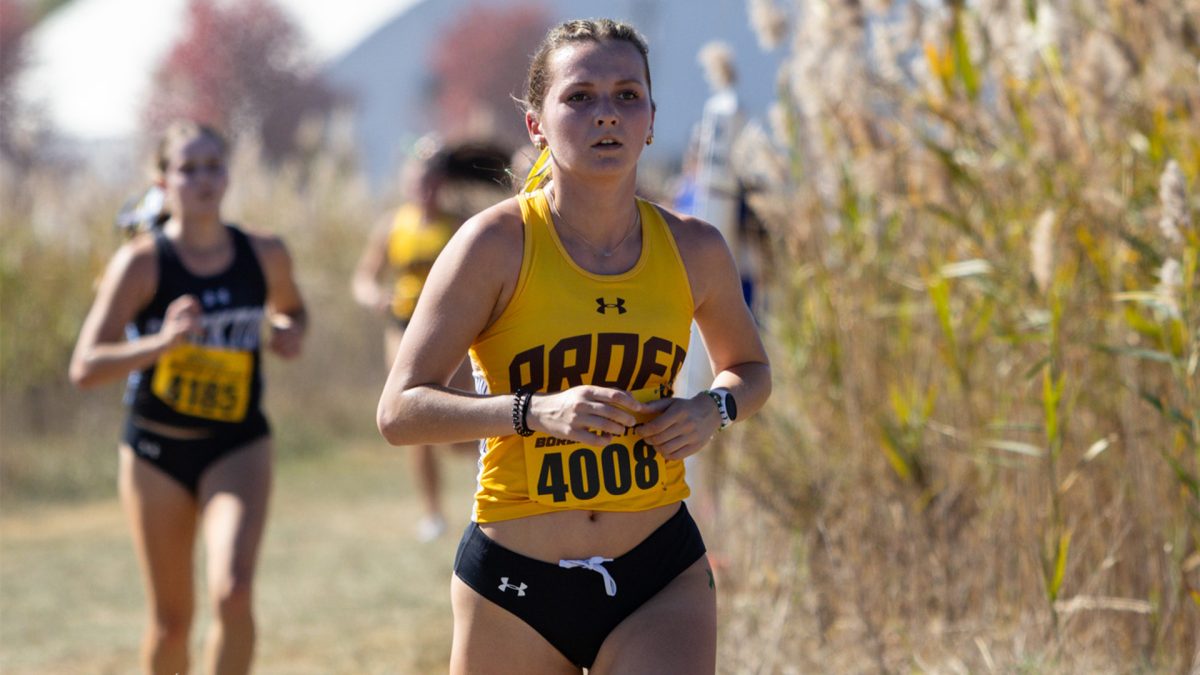




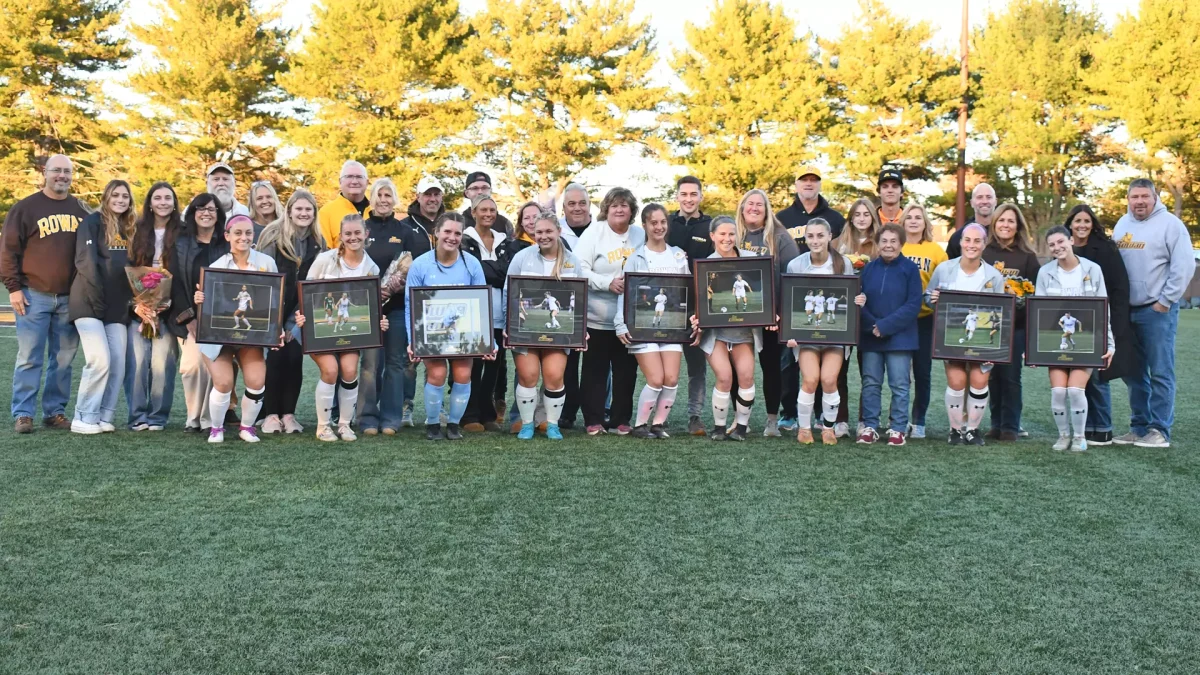
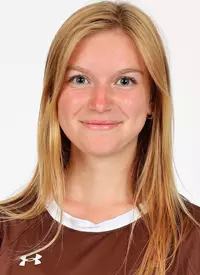






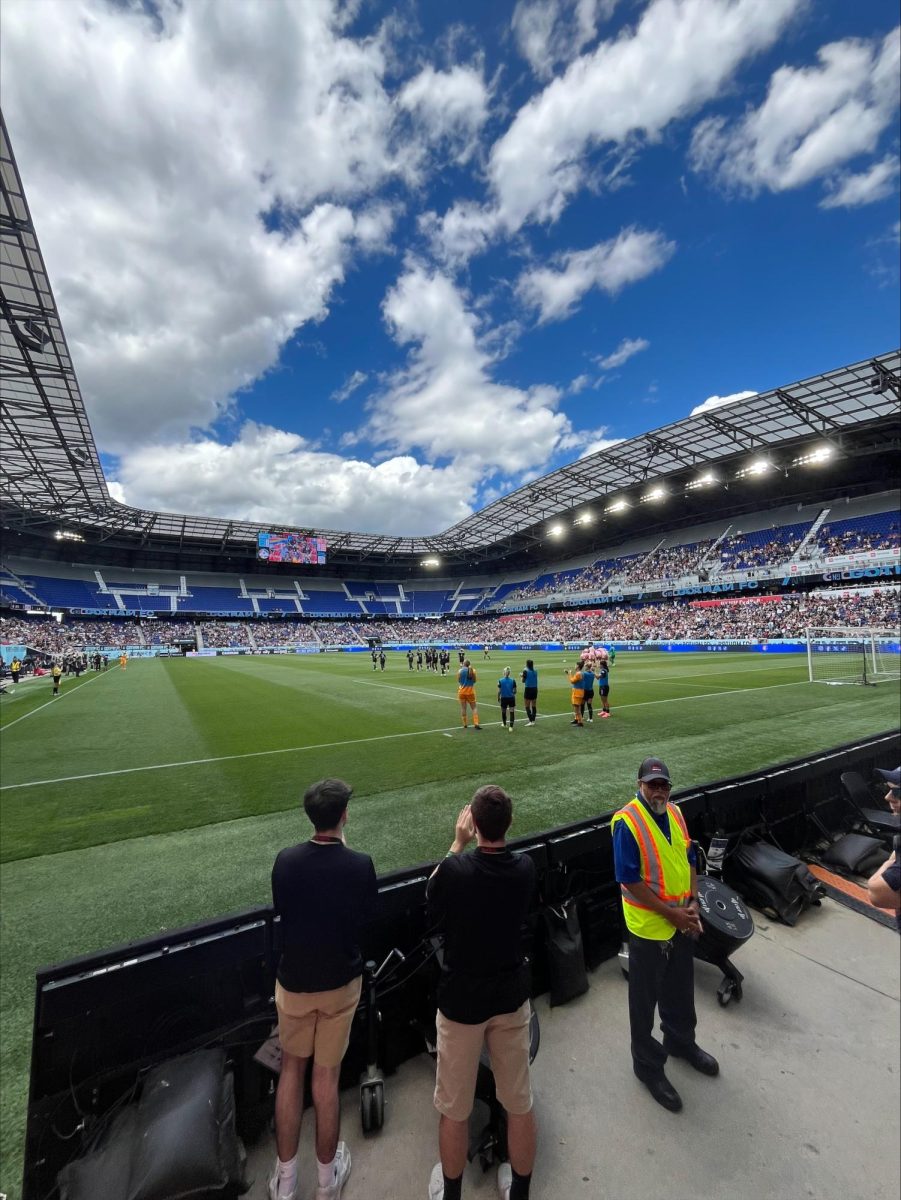




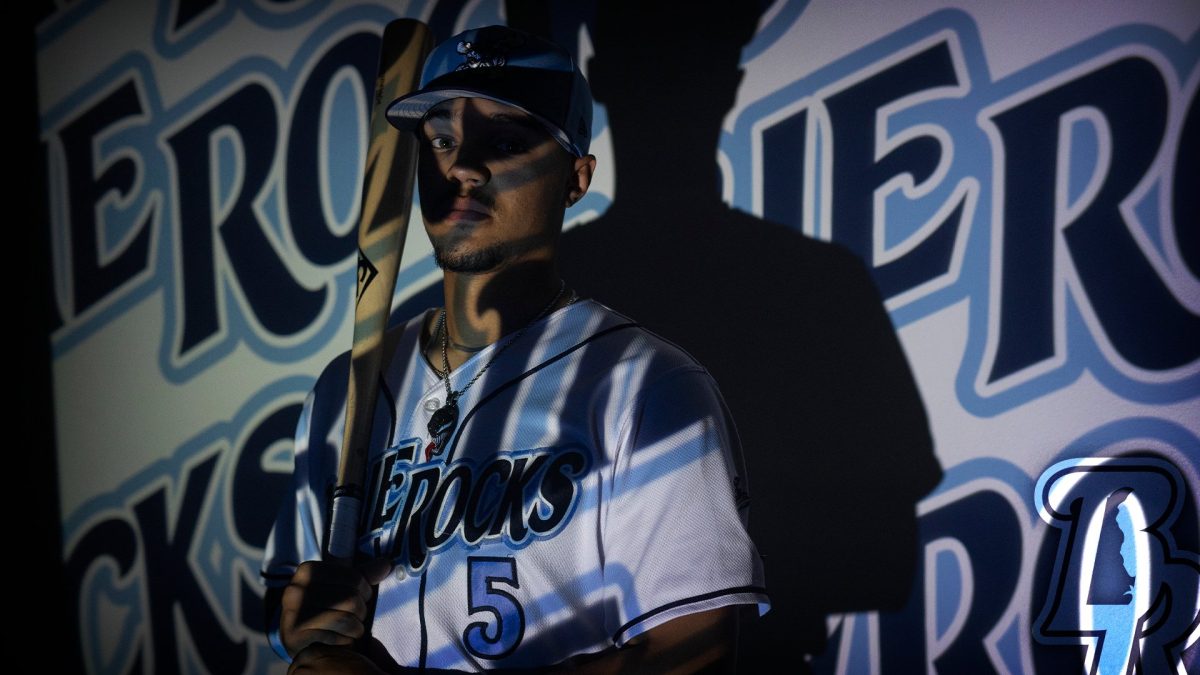
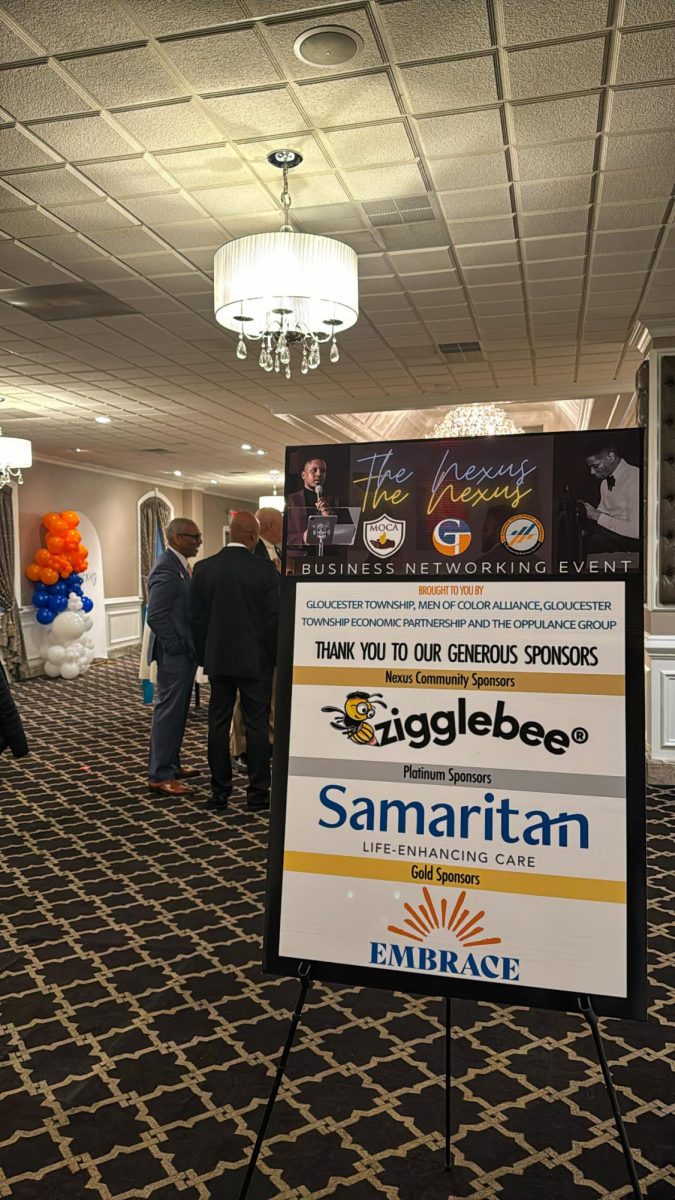
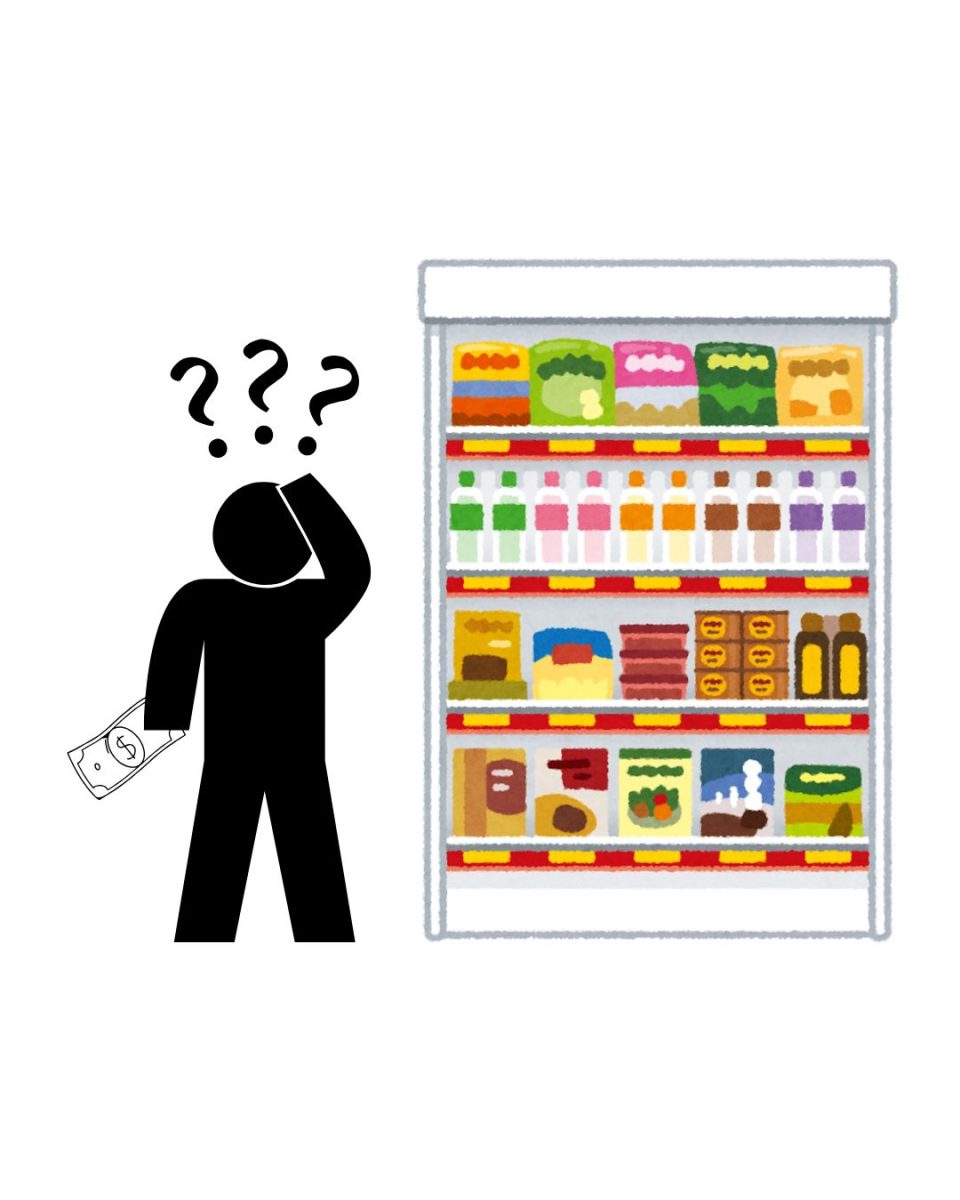

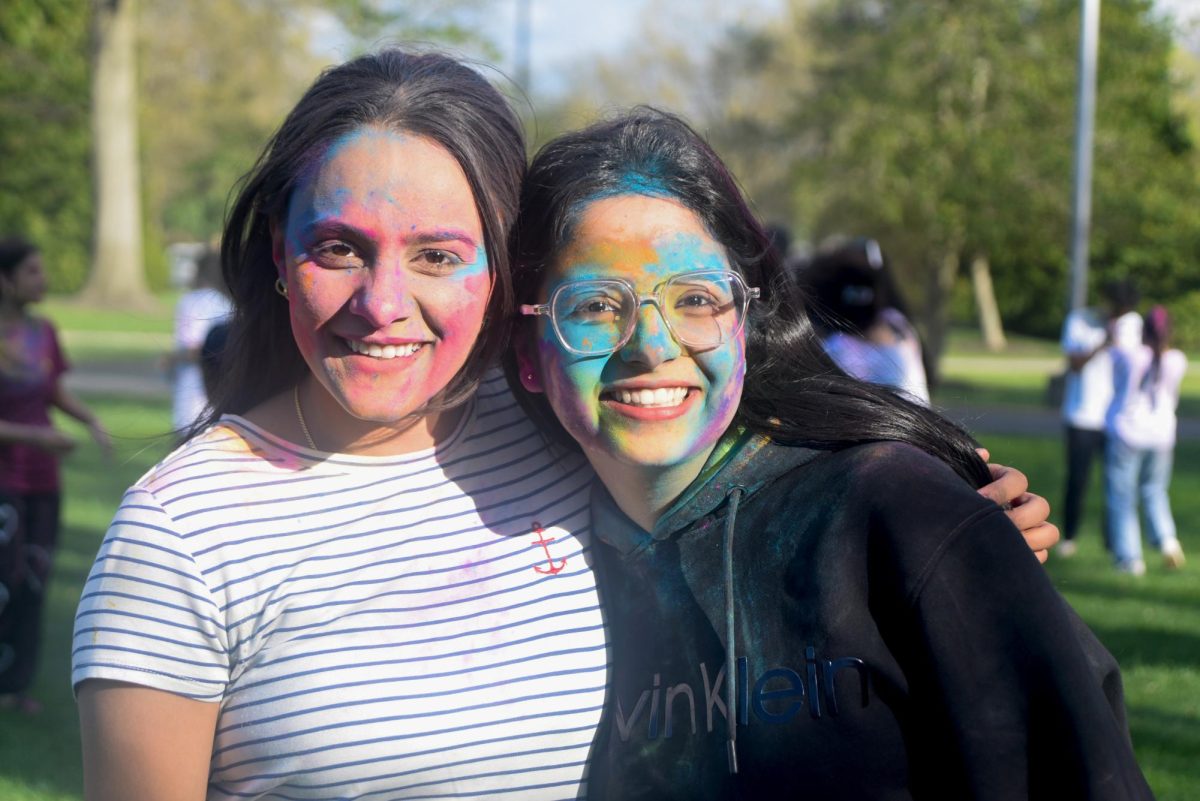





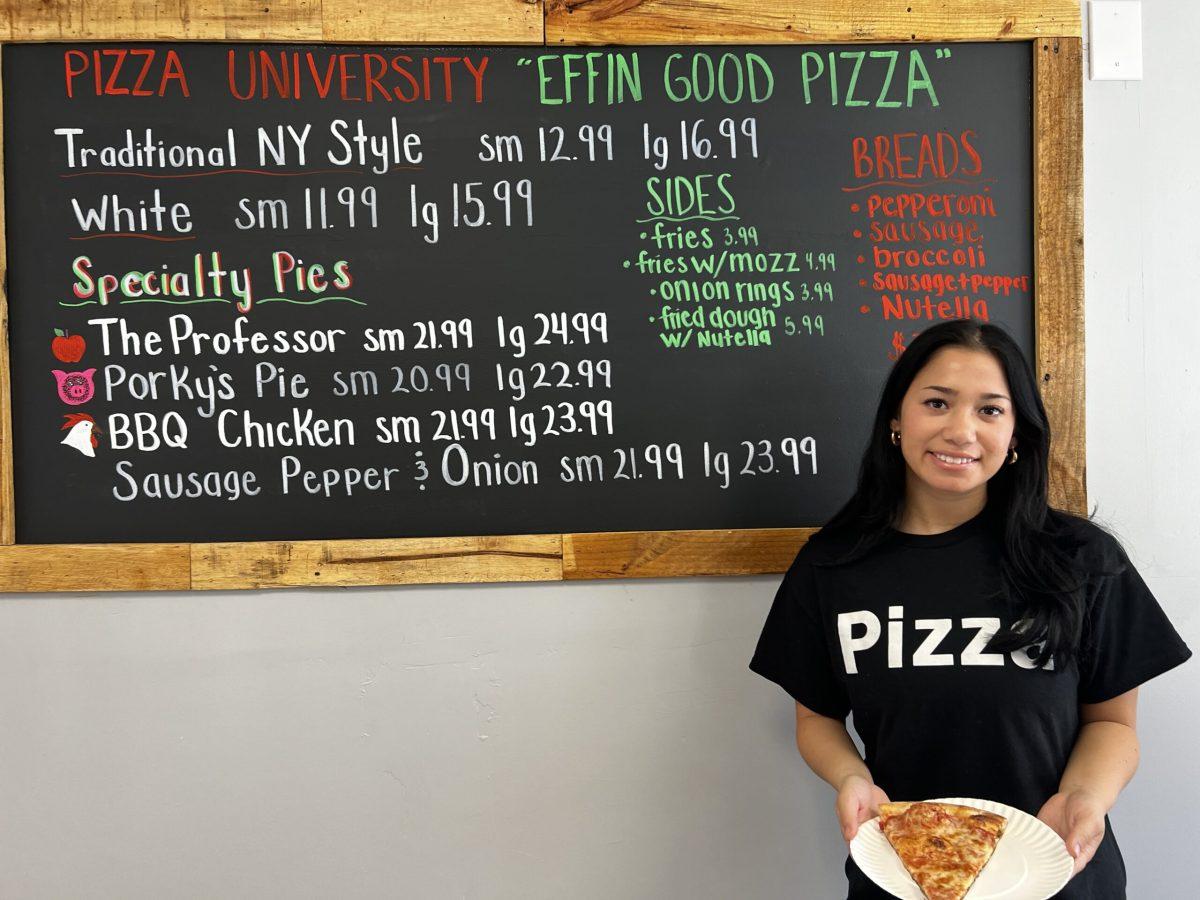









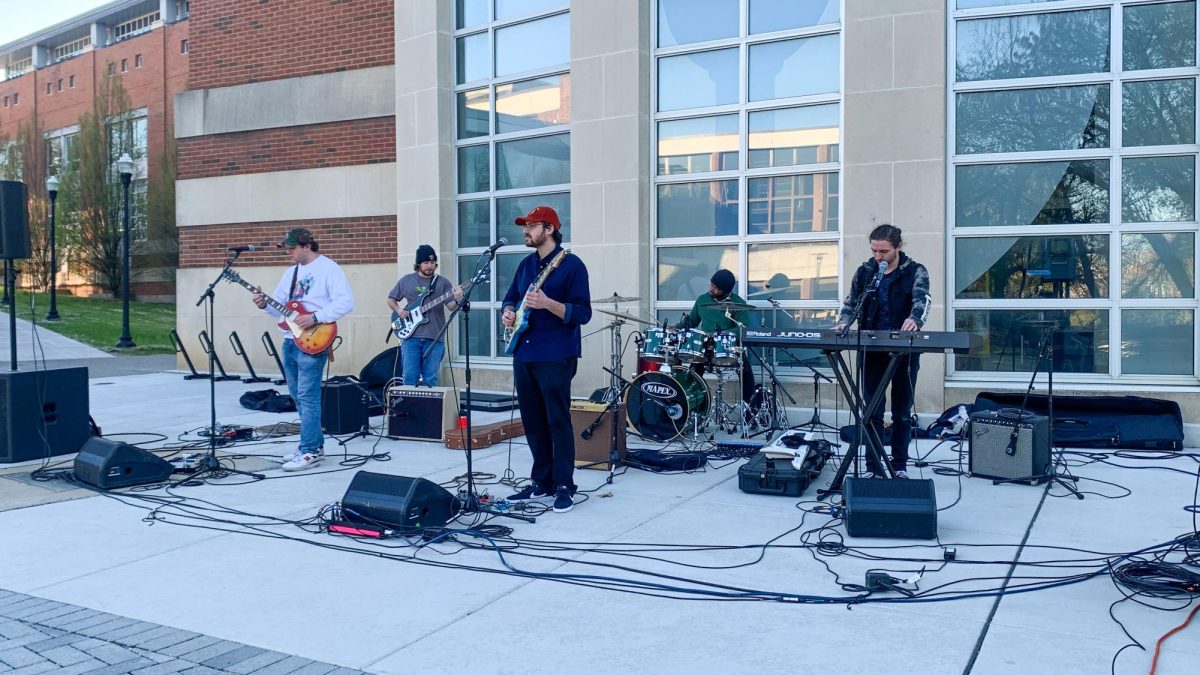
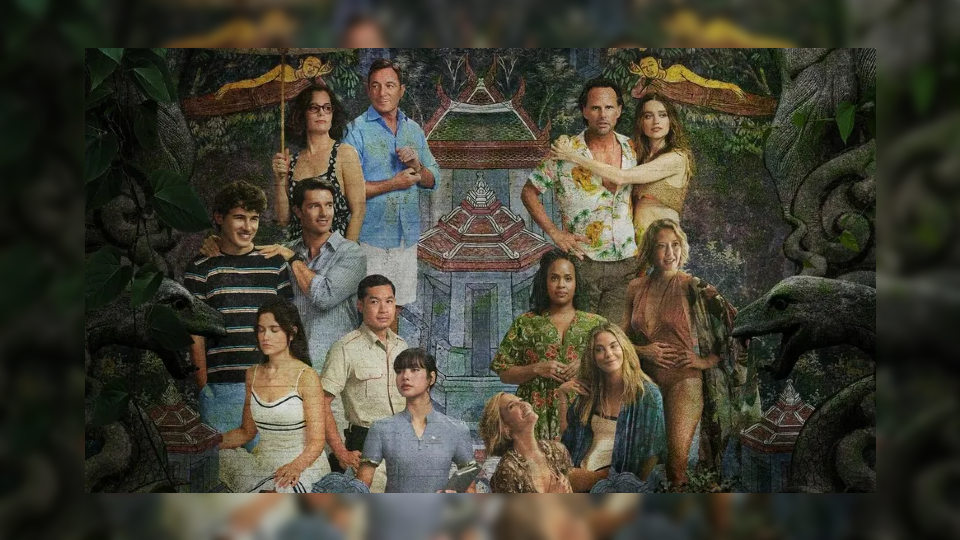
!["Working with [Dr. Lynch] is always a learning experience for me. She is a treasure,” said Thomas. - Staff Writer / Kacie Scibilia](https://thewhitonline.com/wp-content/uploads/2025/04/choir-1-1200x694.jpg)
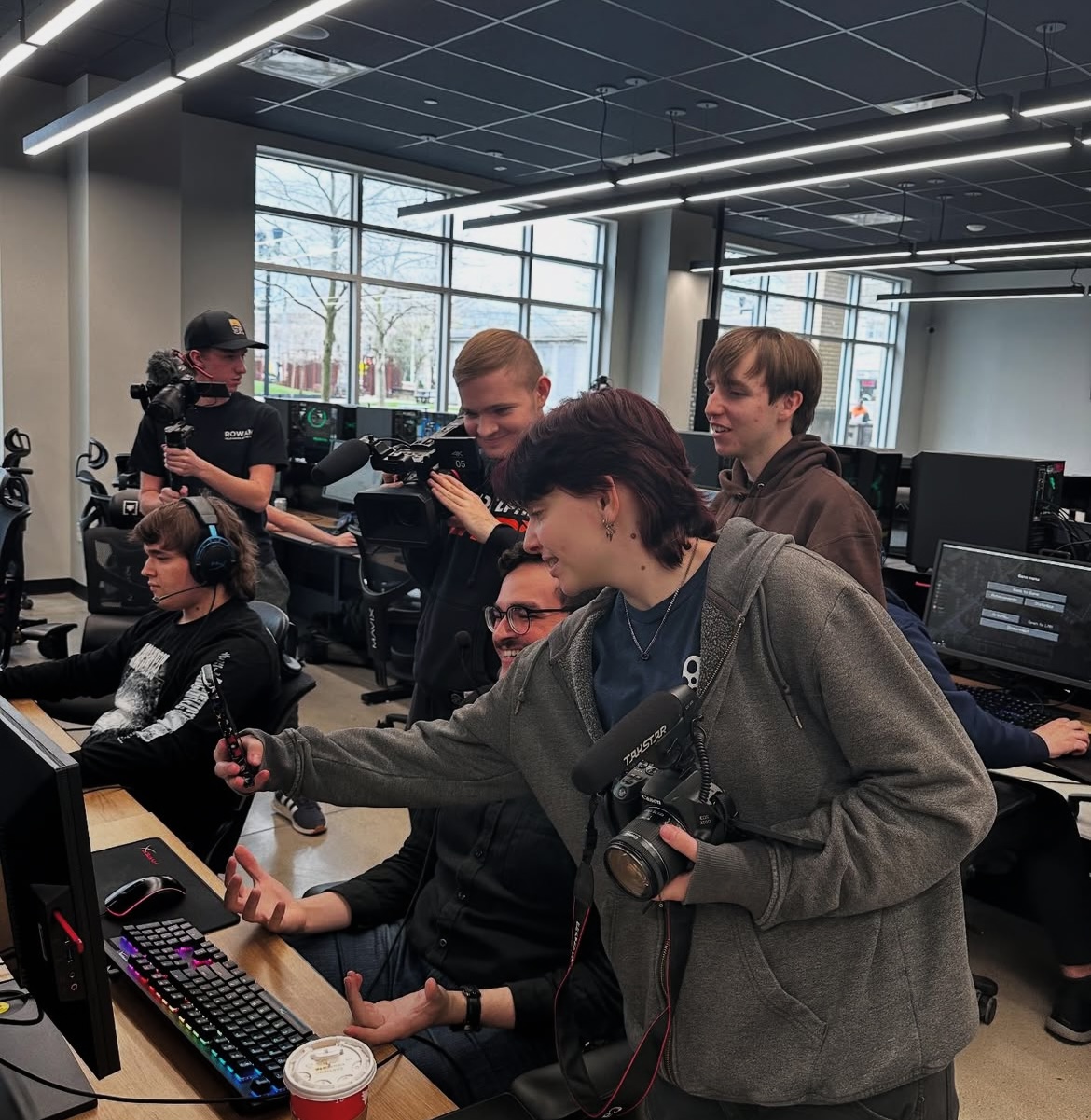



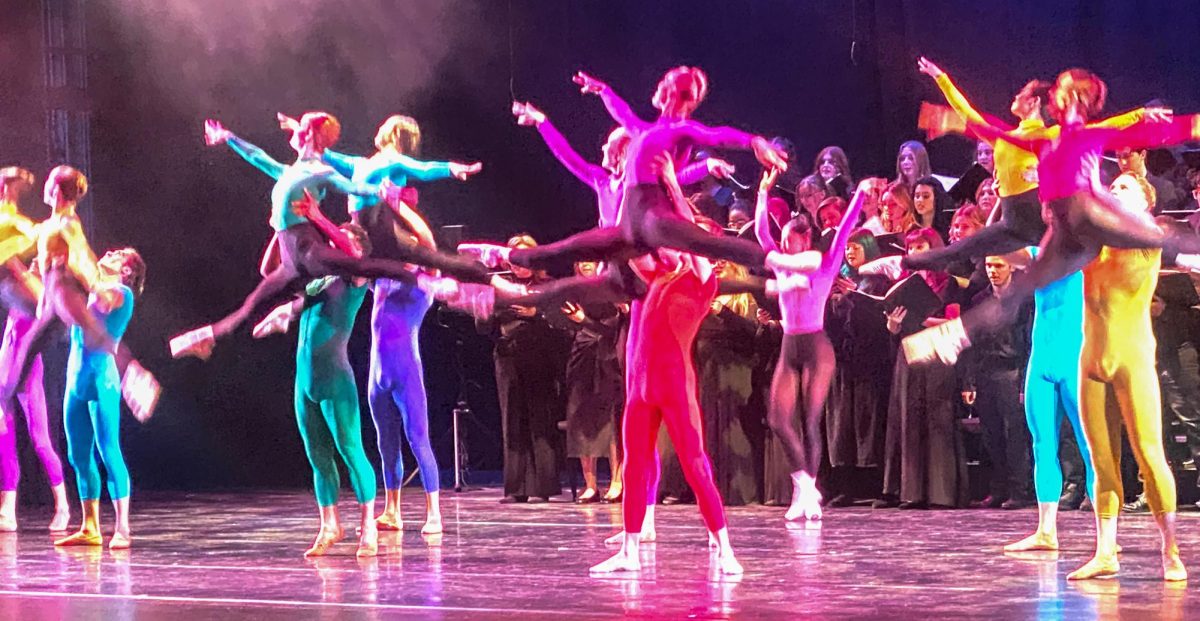

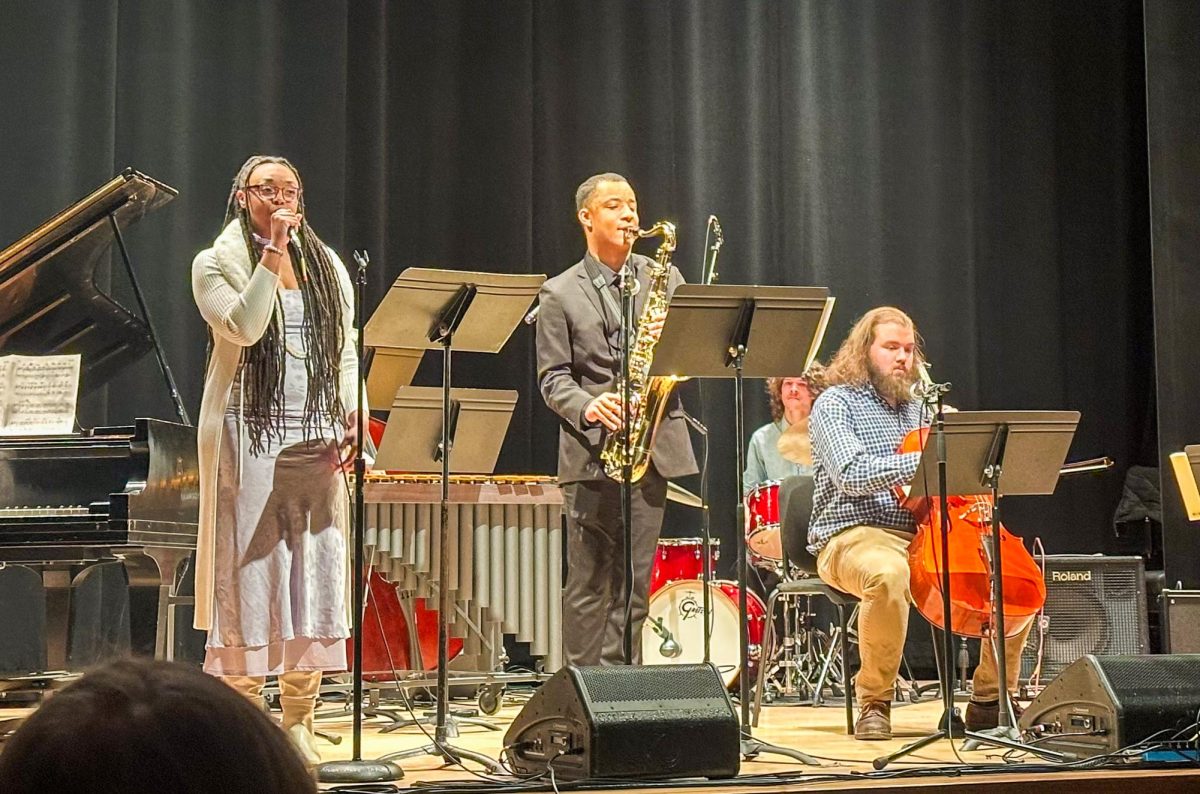

!["Between poems, owner of Words Matter Bookstore and host Keryl Hausmann spoke, saying 'To listen to [poetry] is different than to read it.'" - Graphics Editor / Brendan Cohen](https://thewhitonline.com/wp-content/uploads/2024/11/IMG_0653.png)
